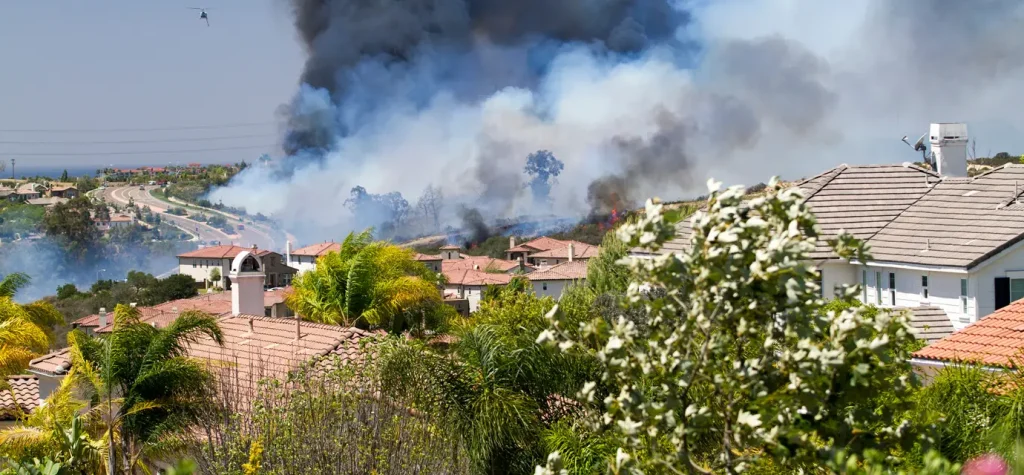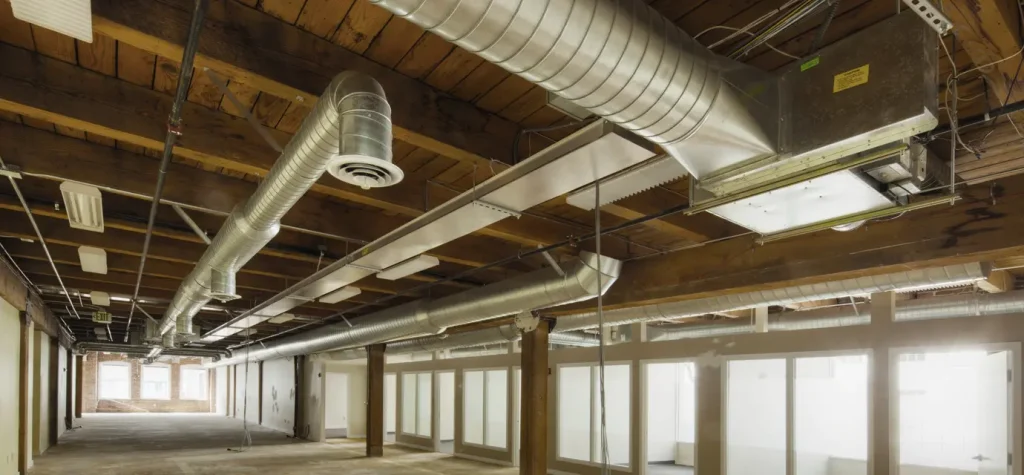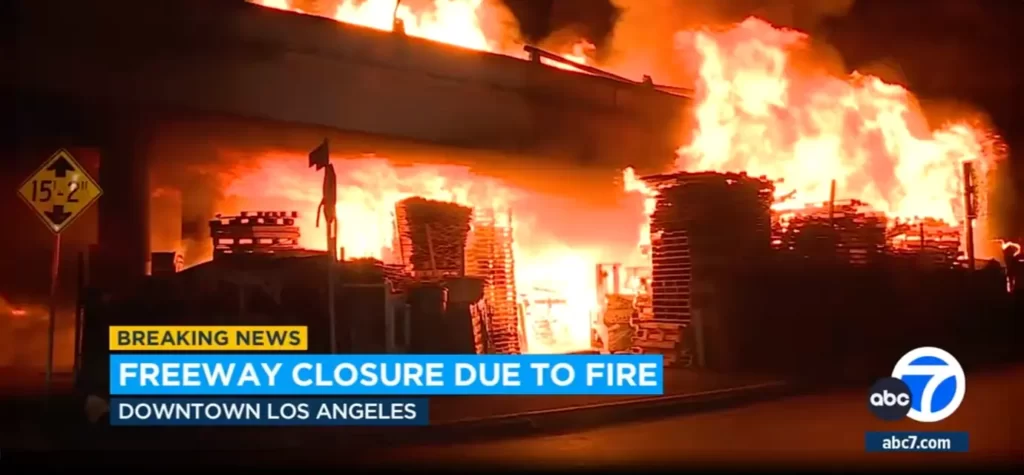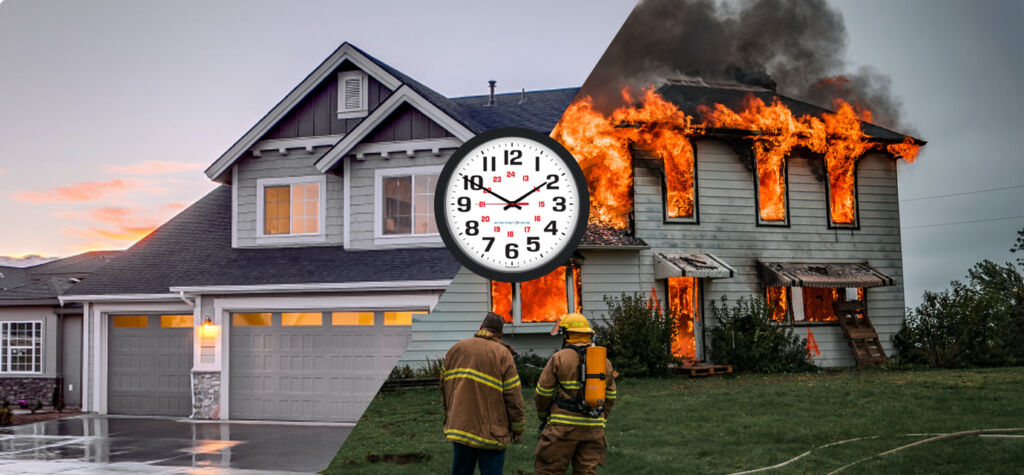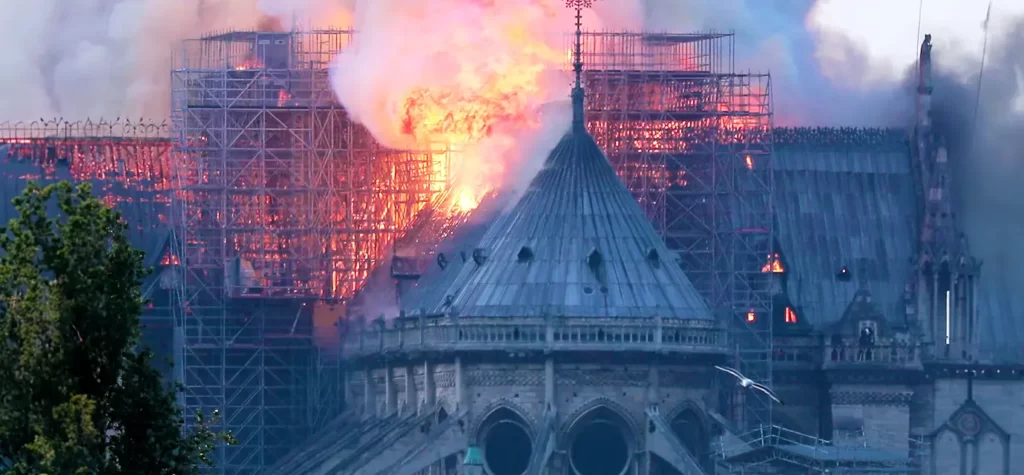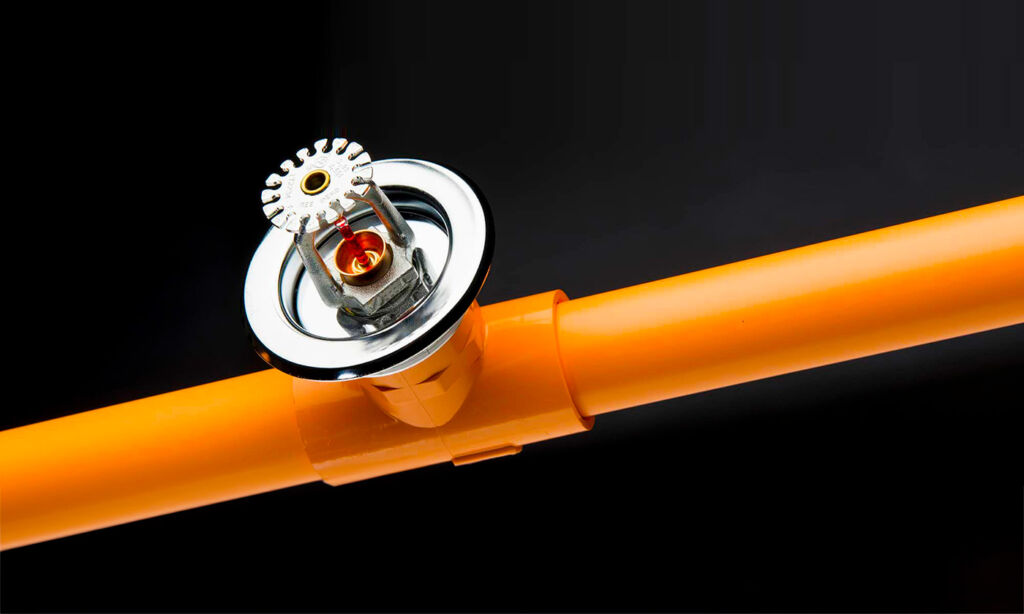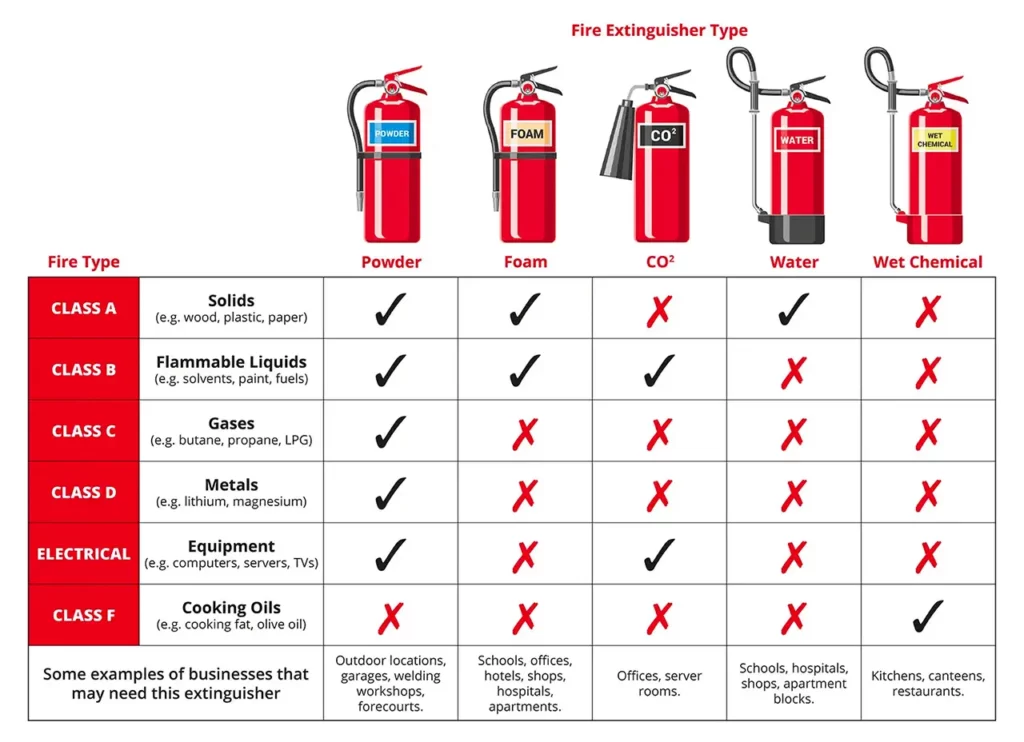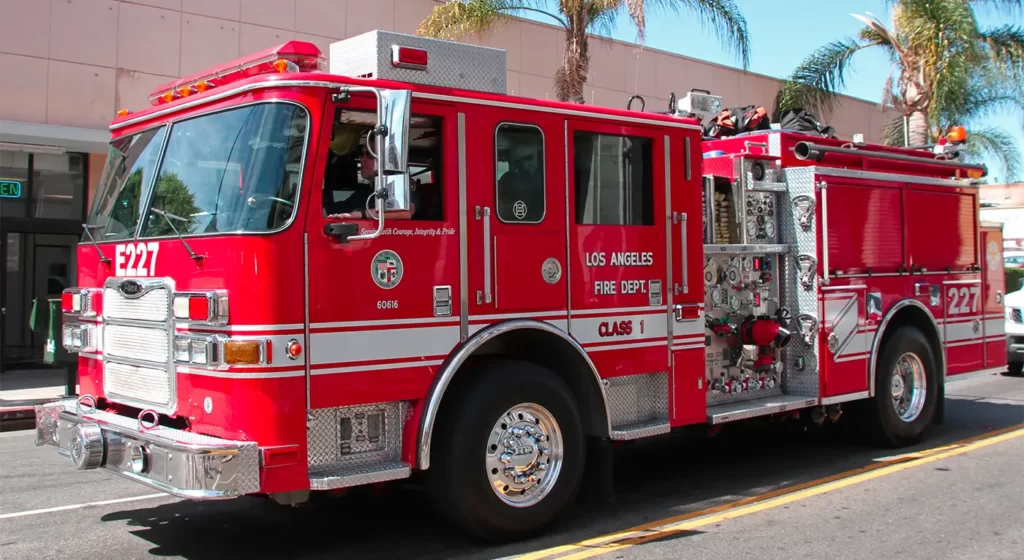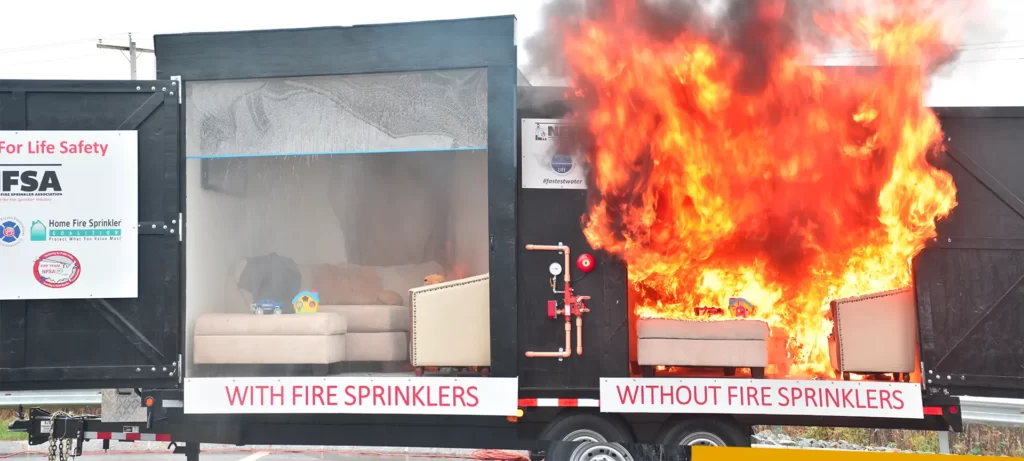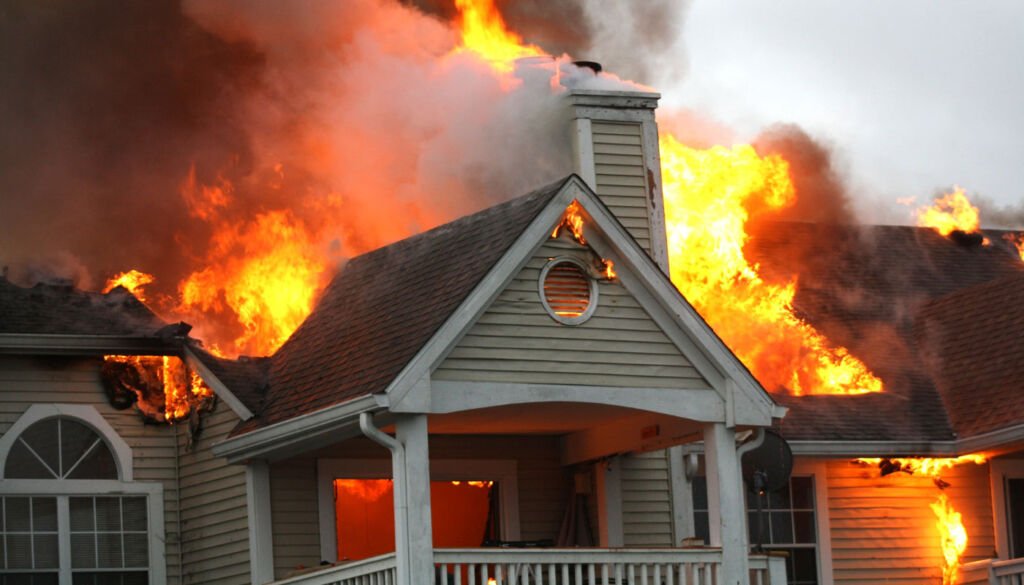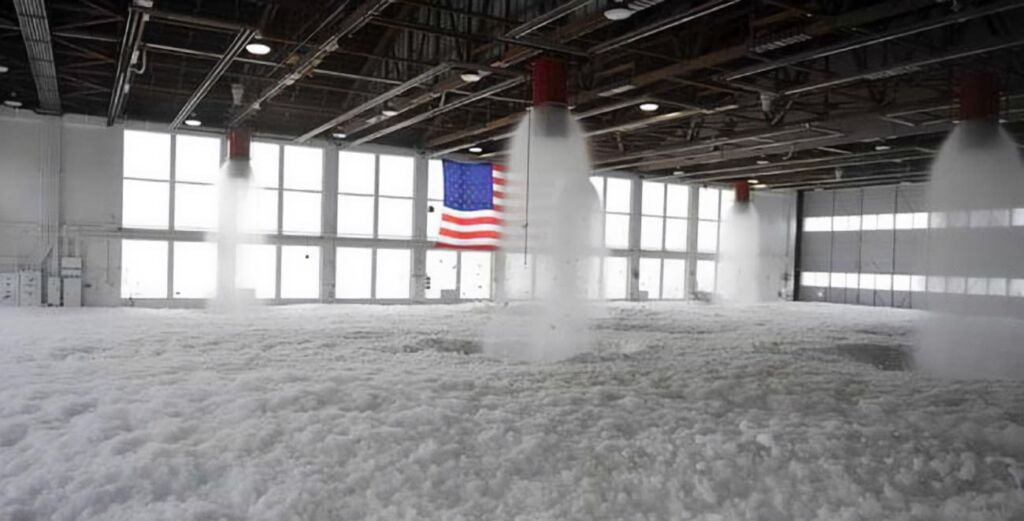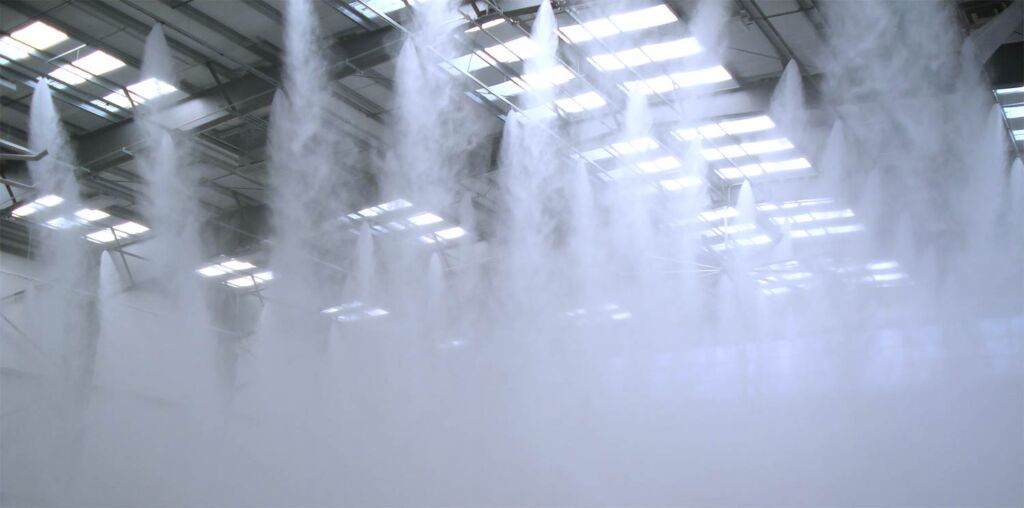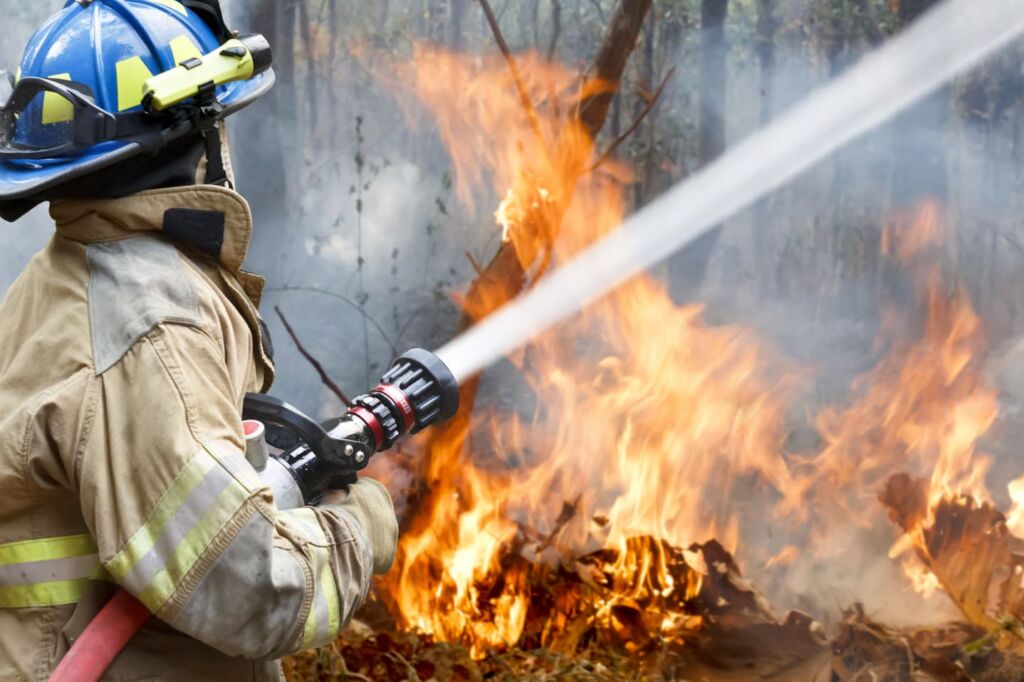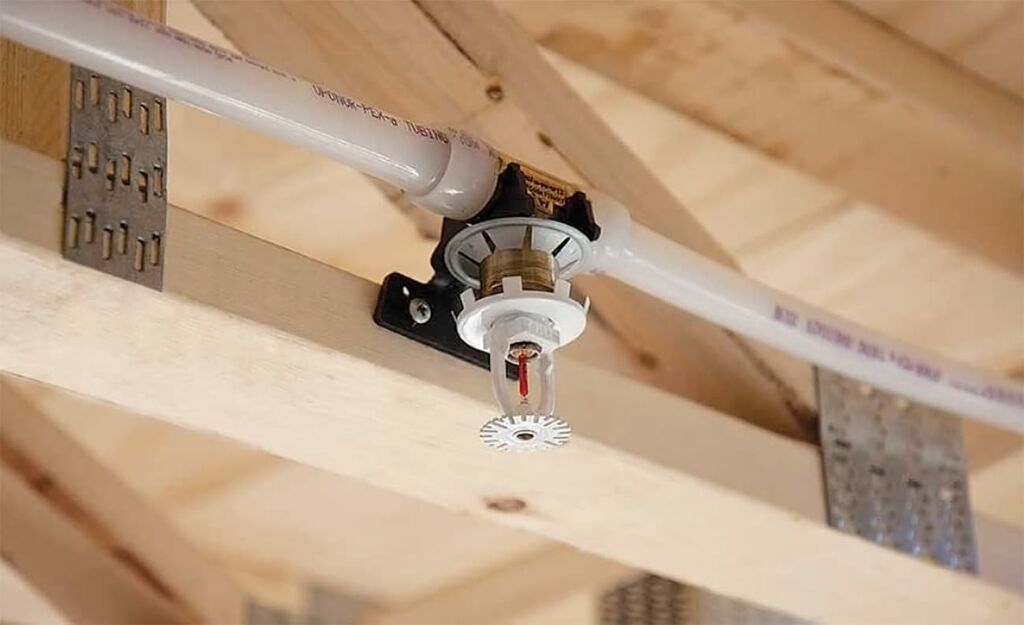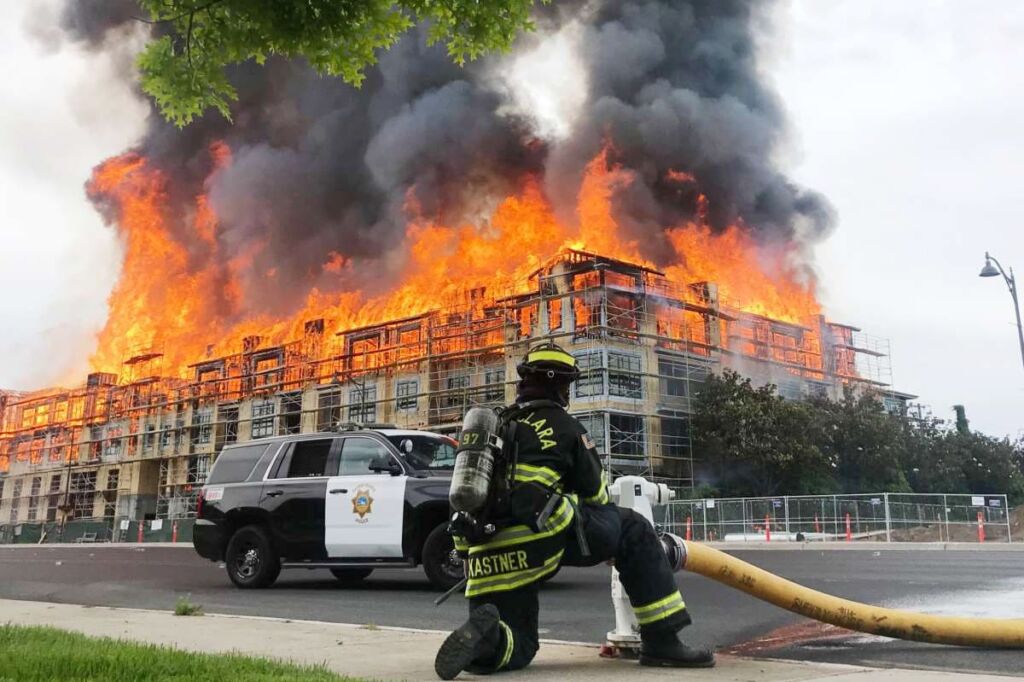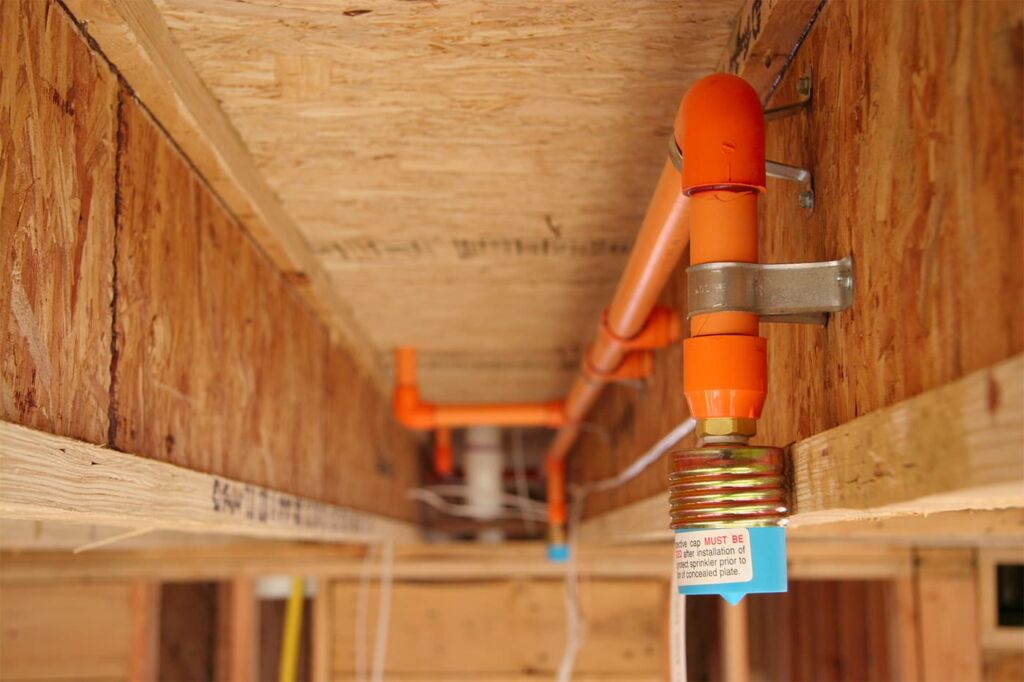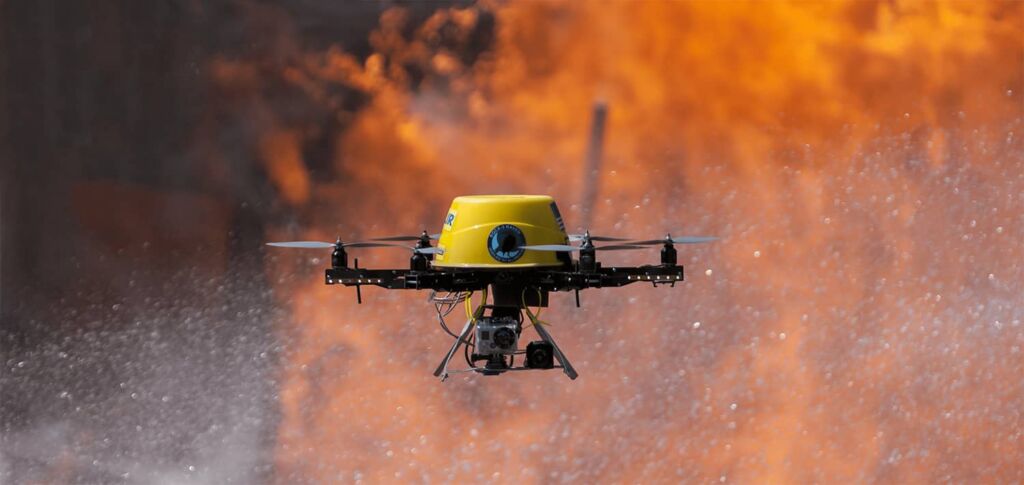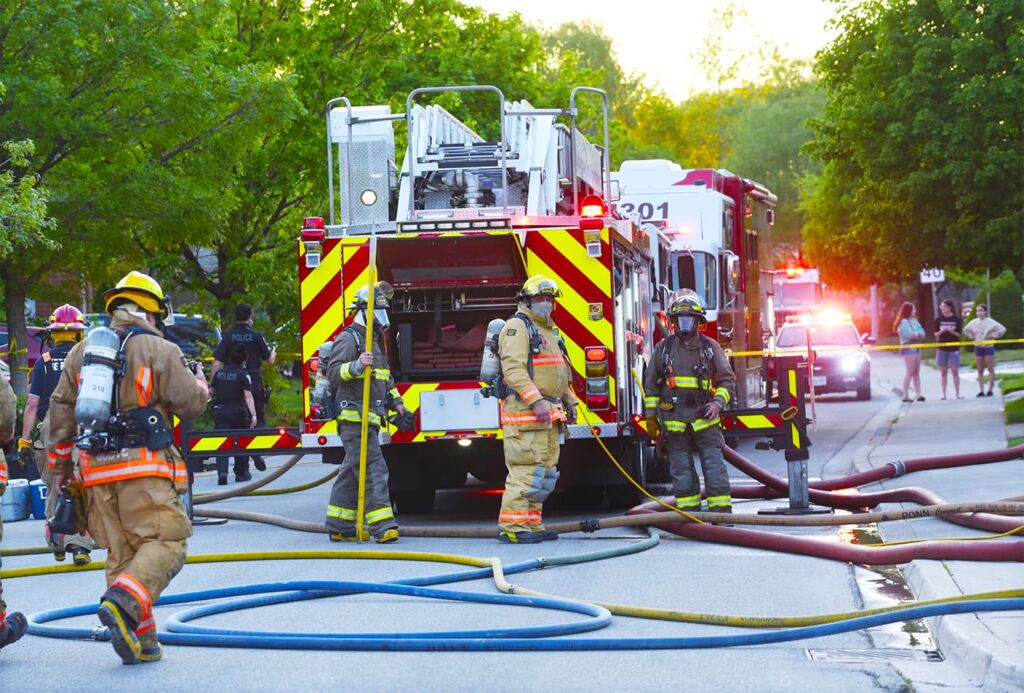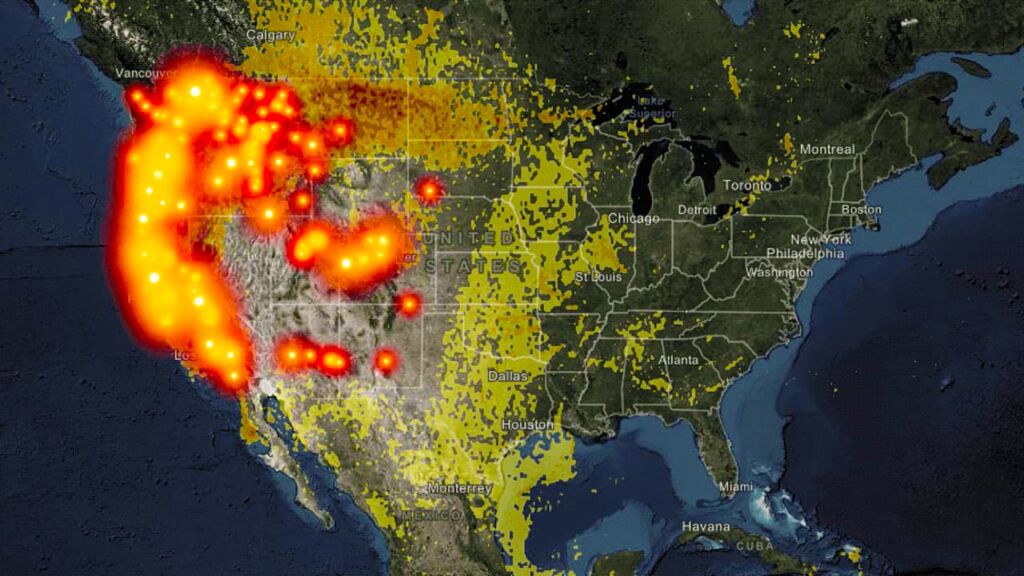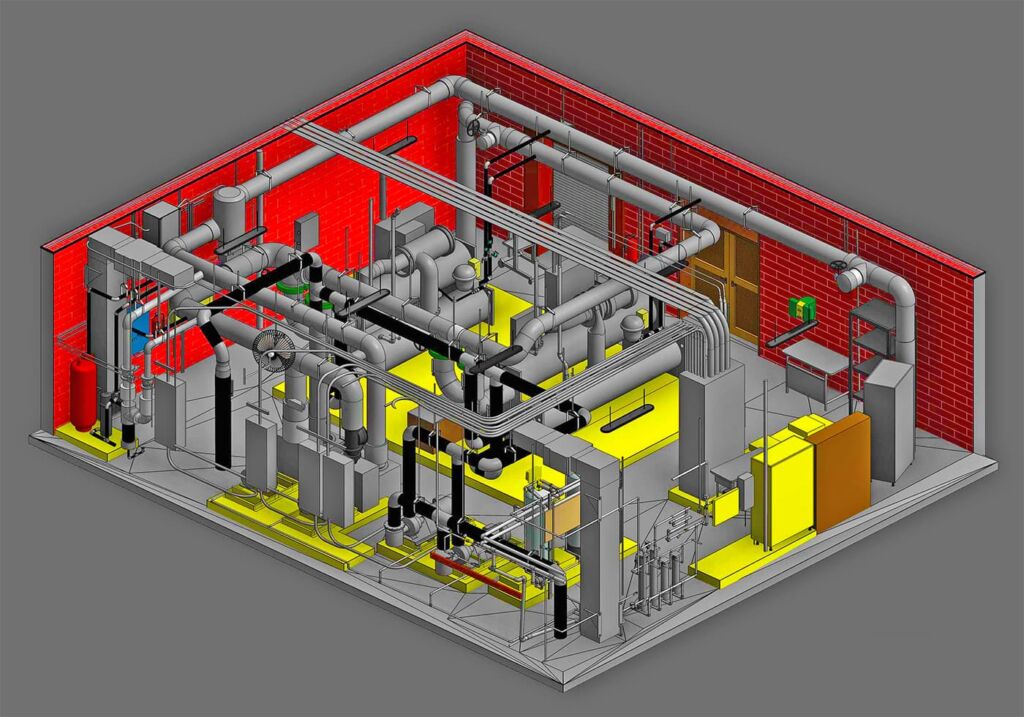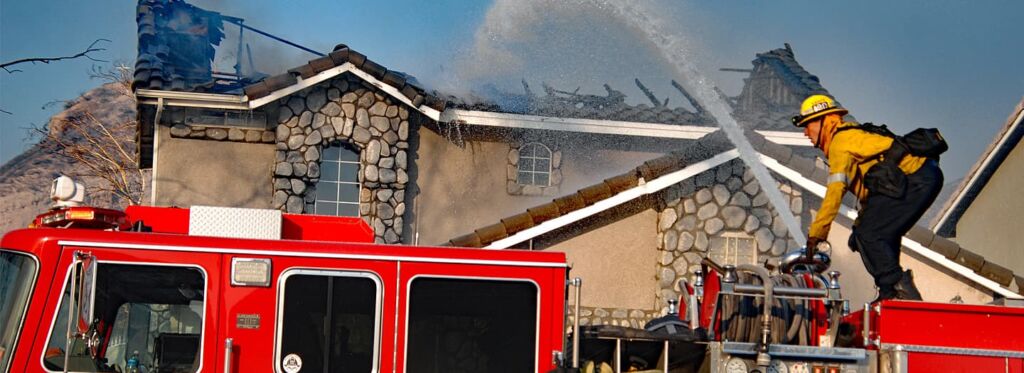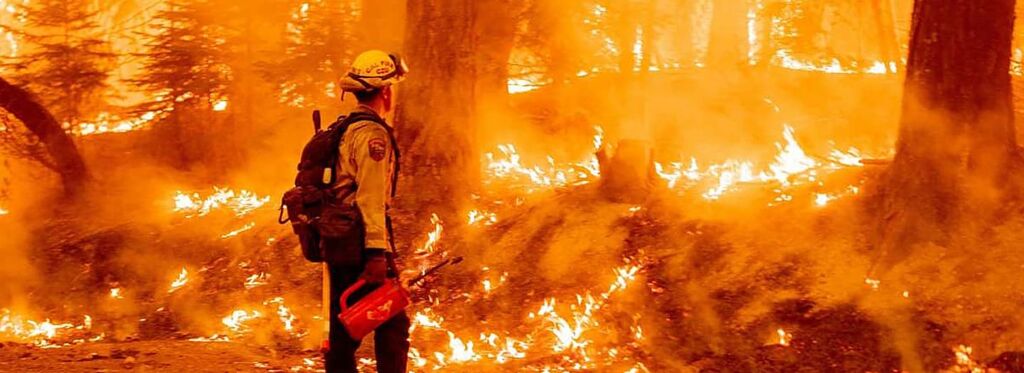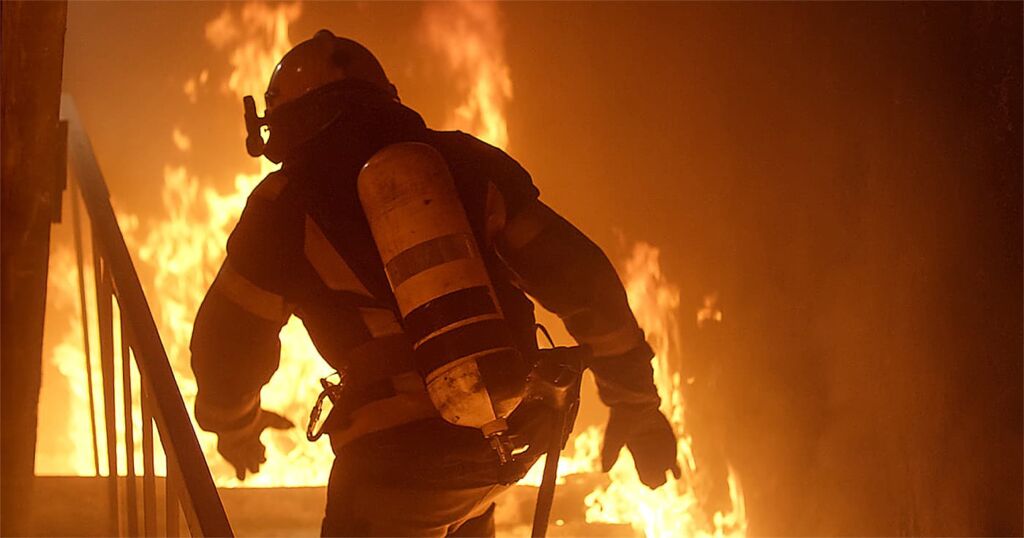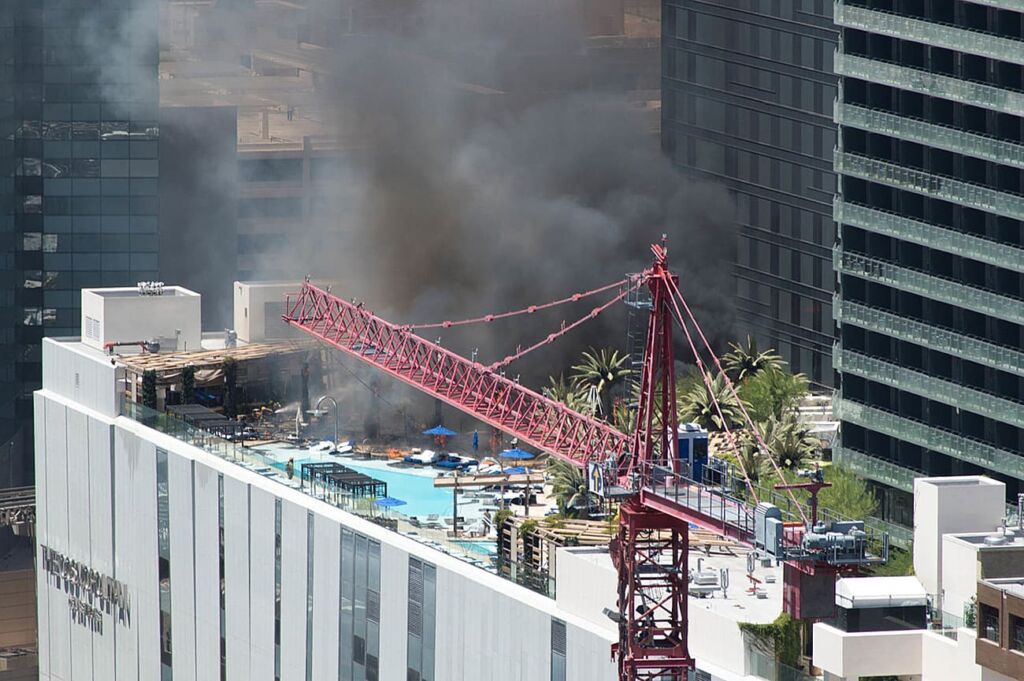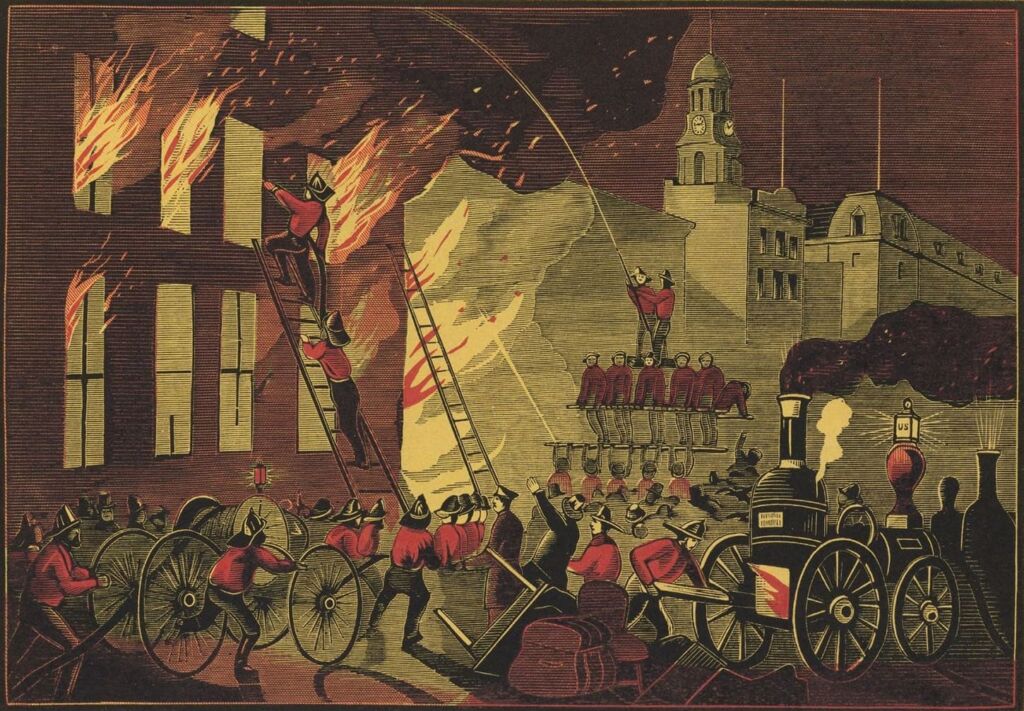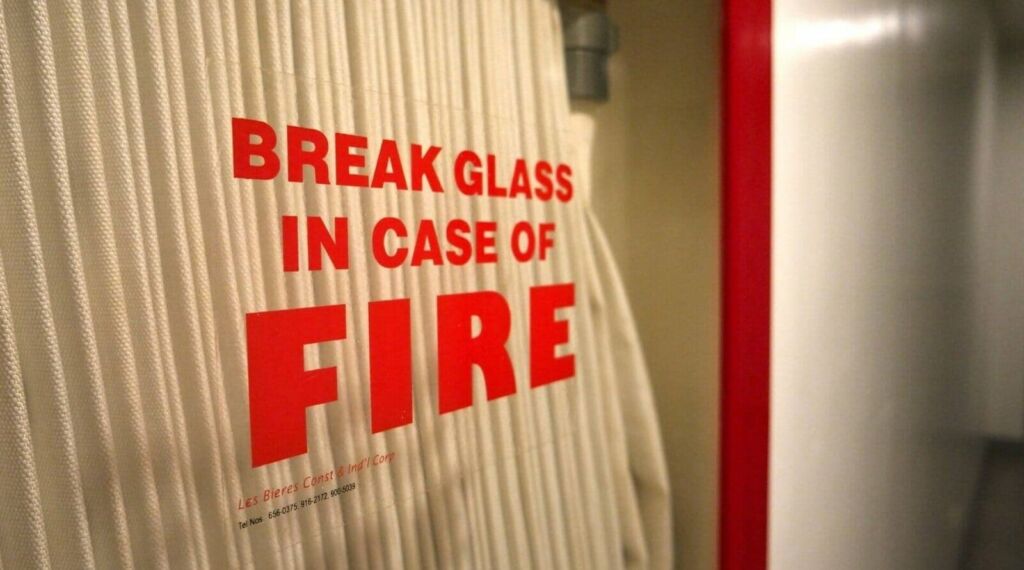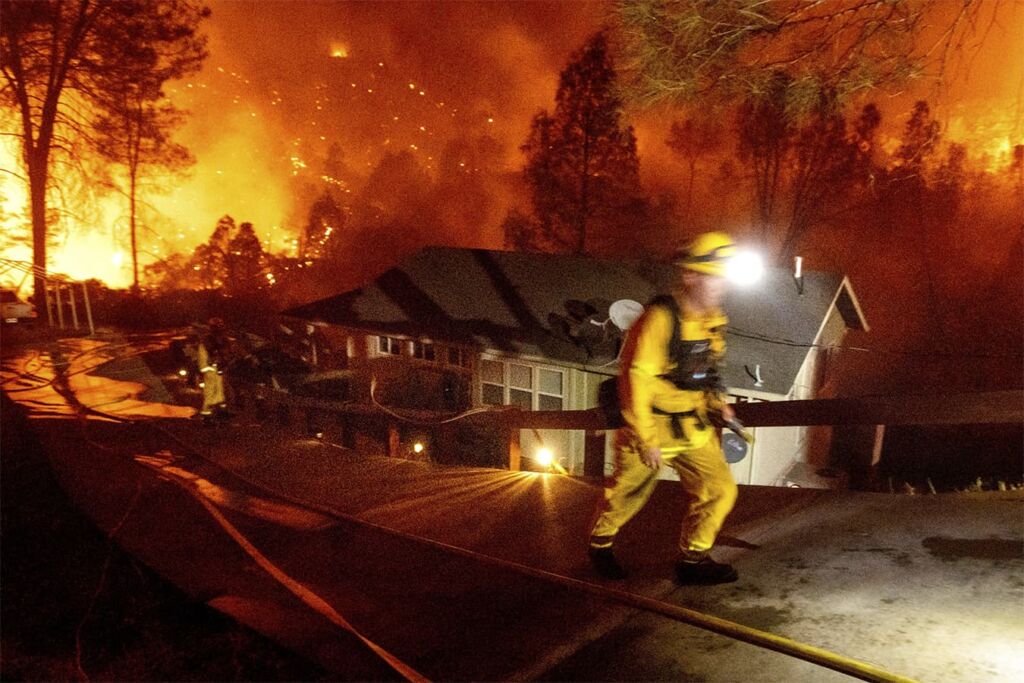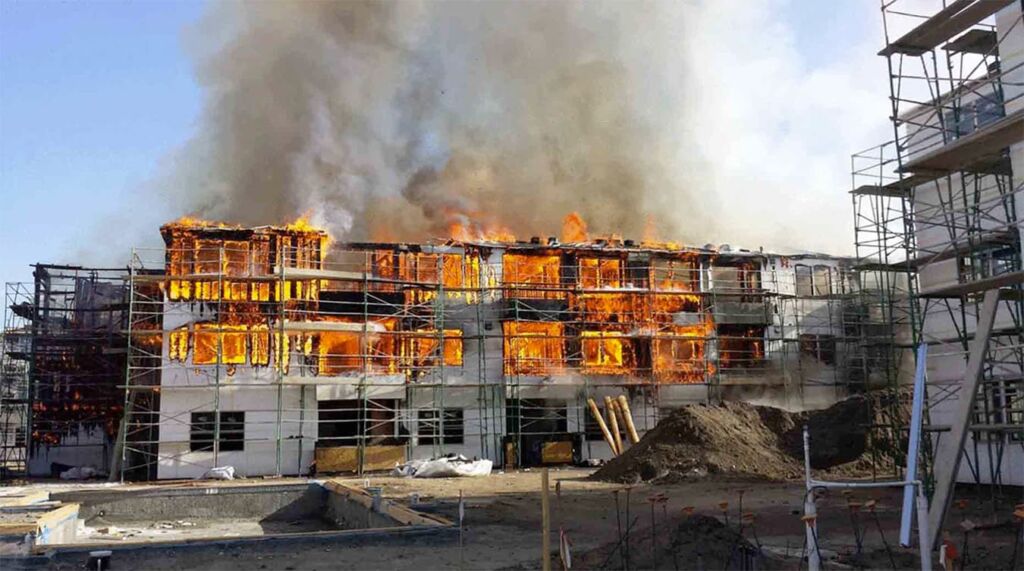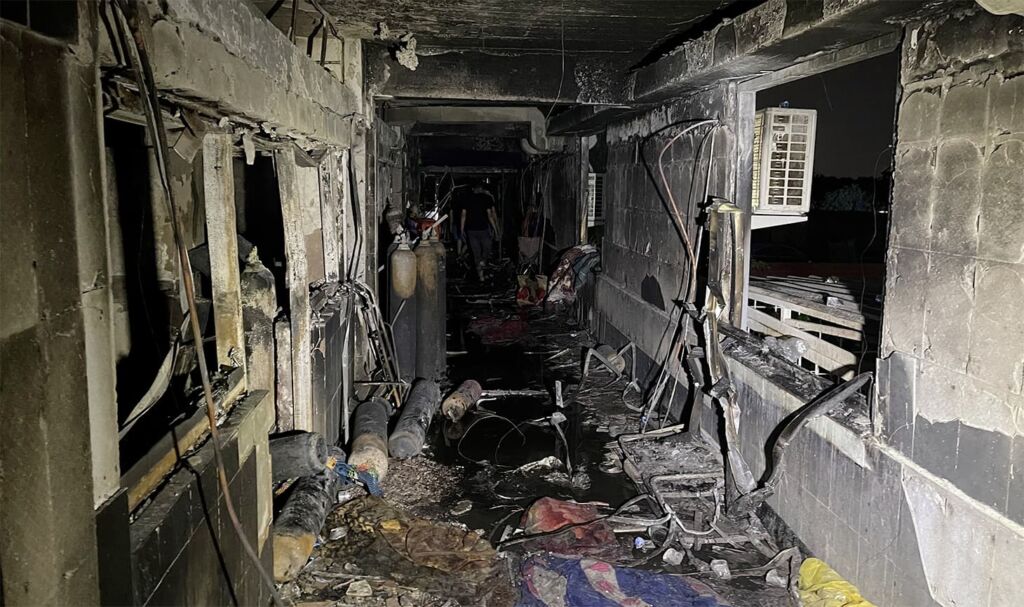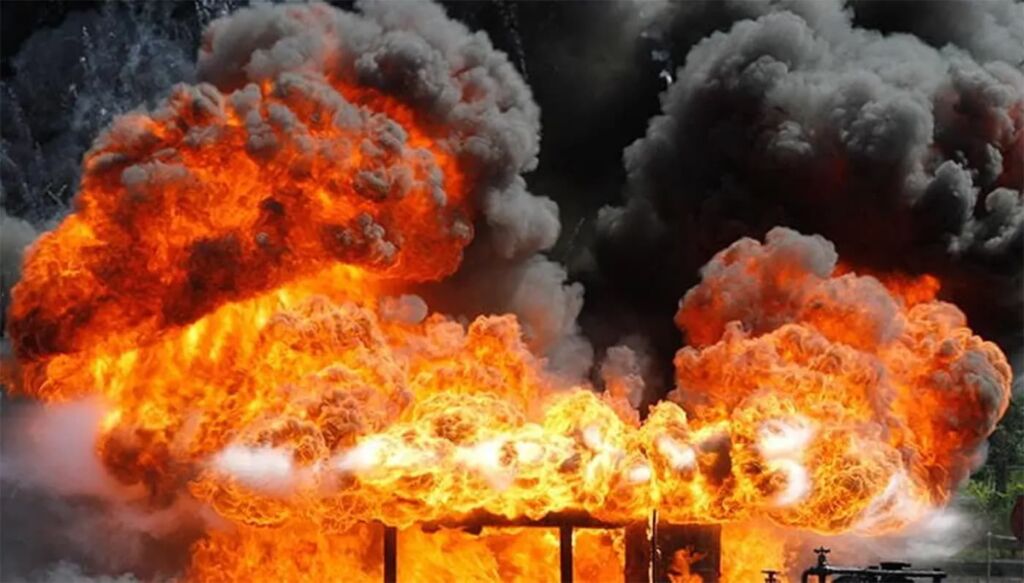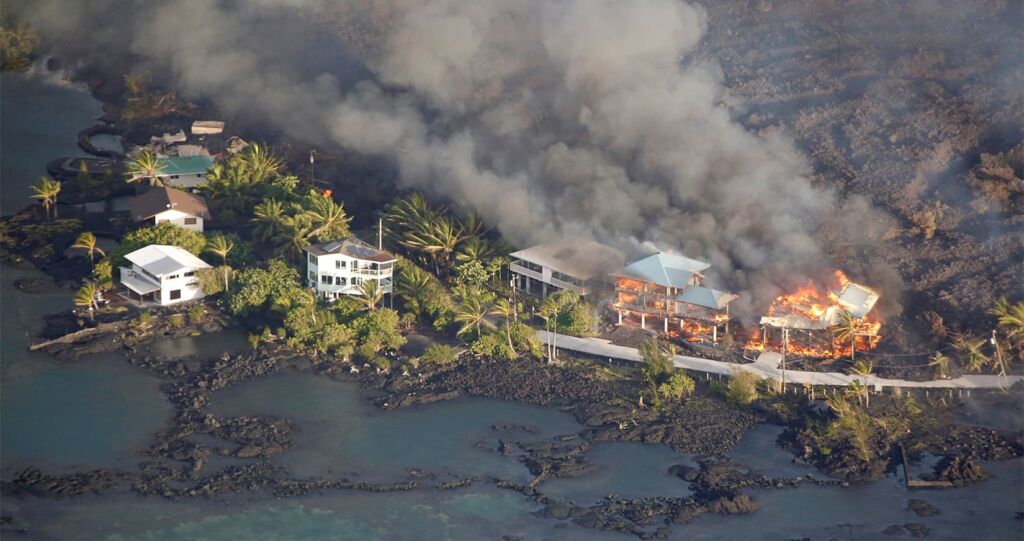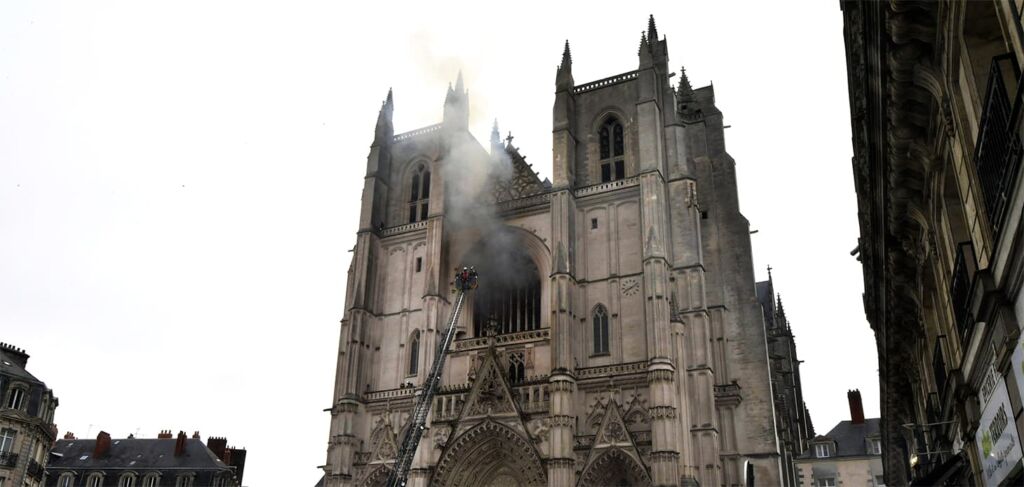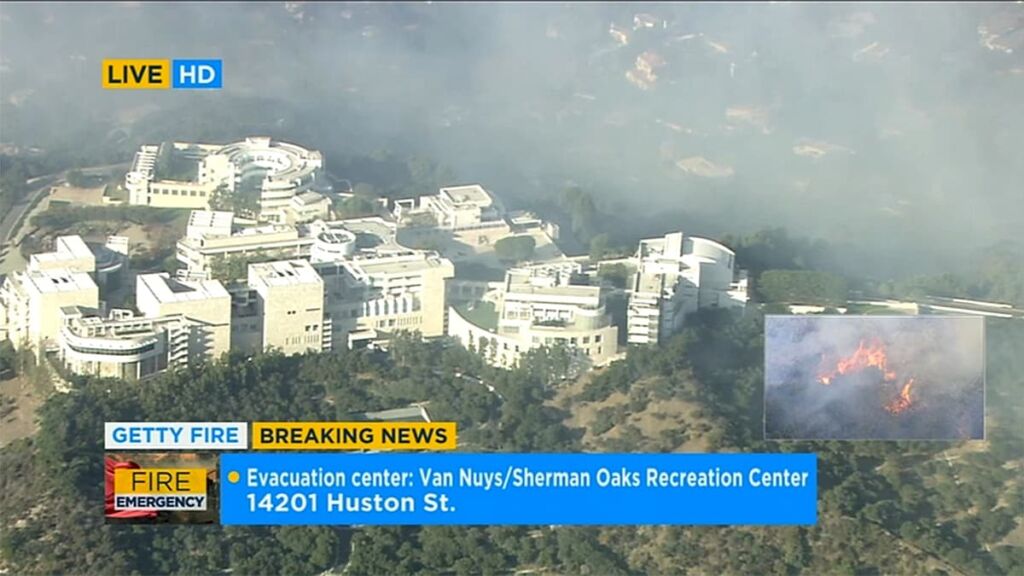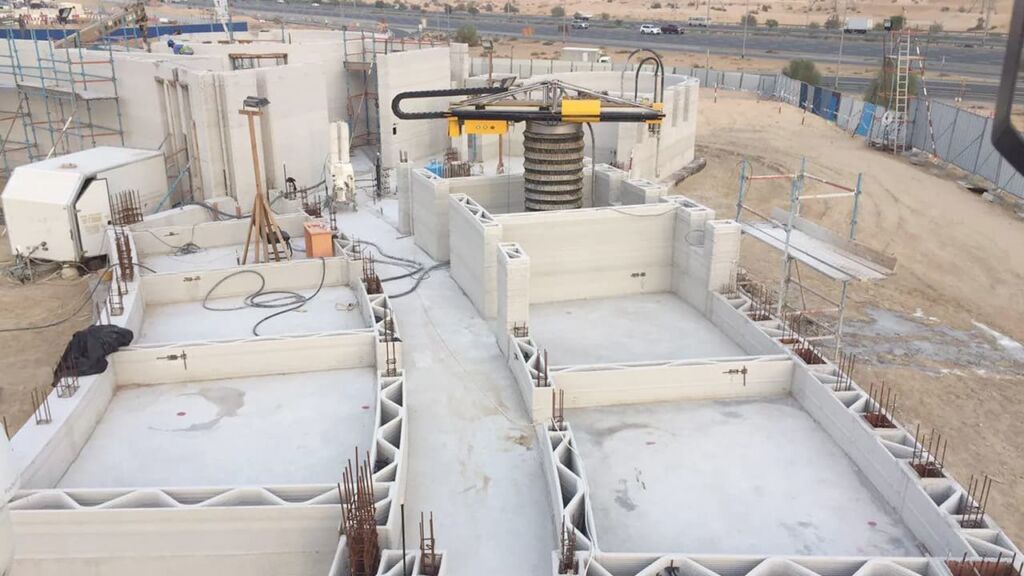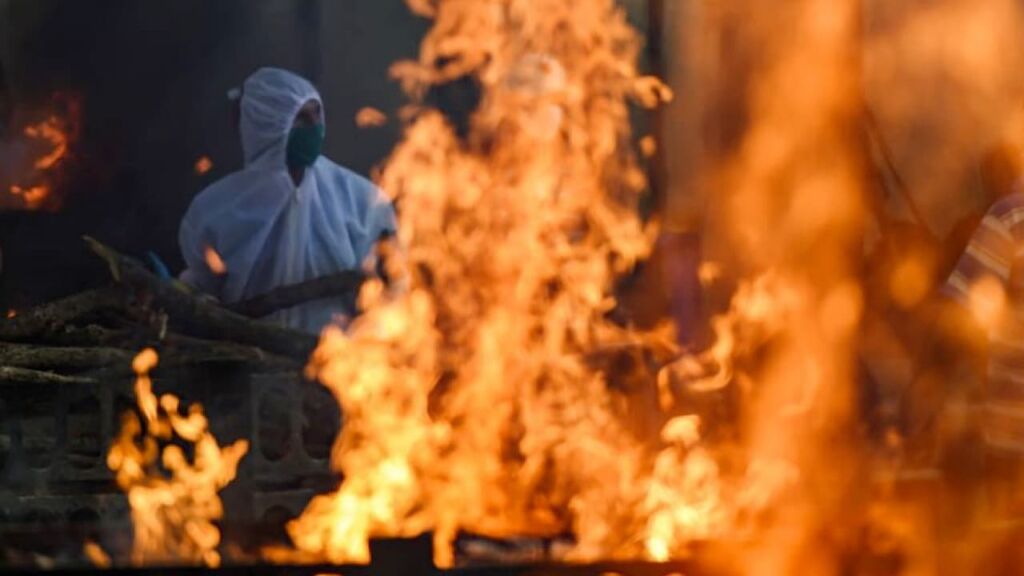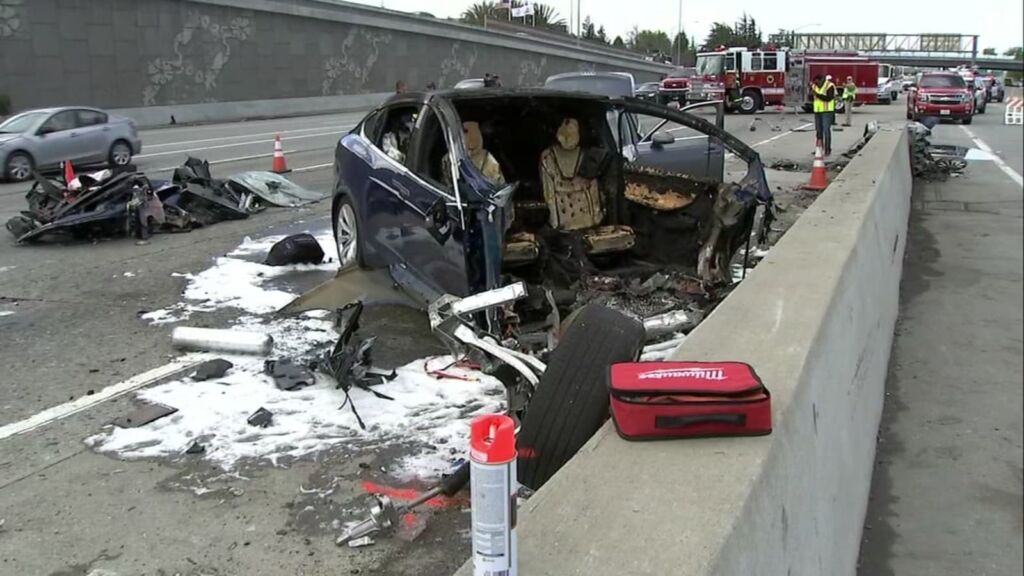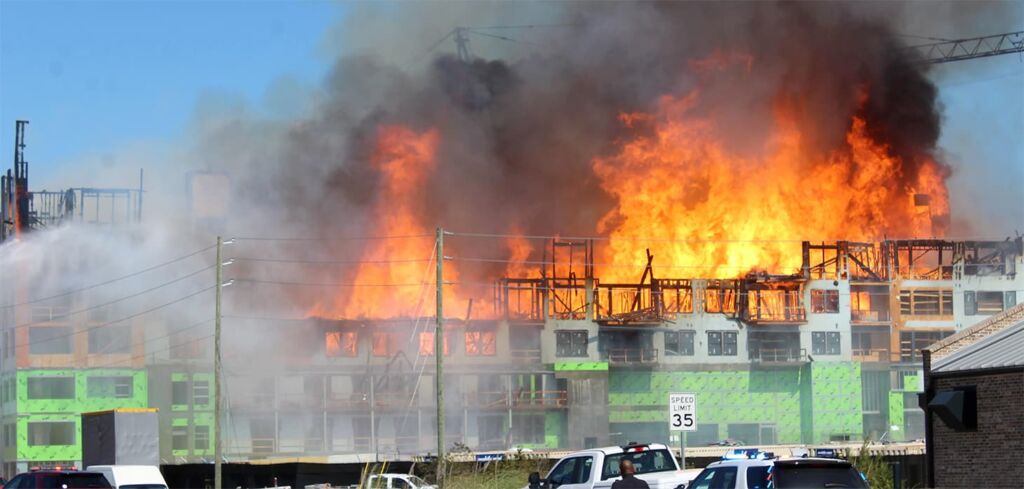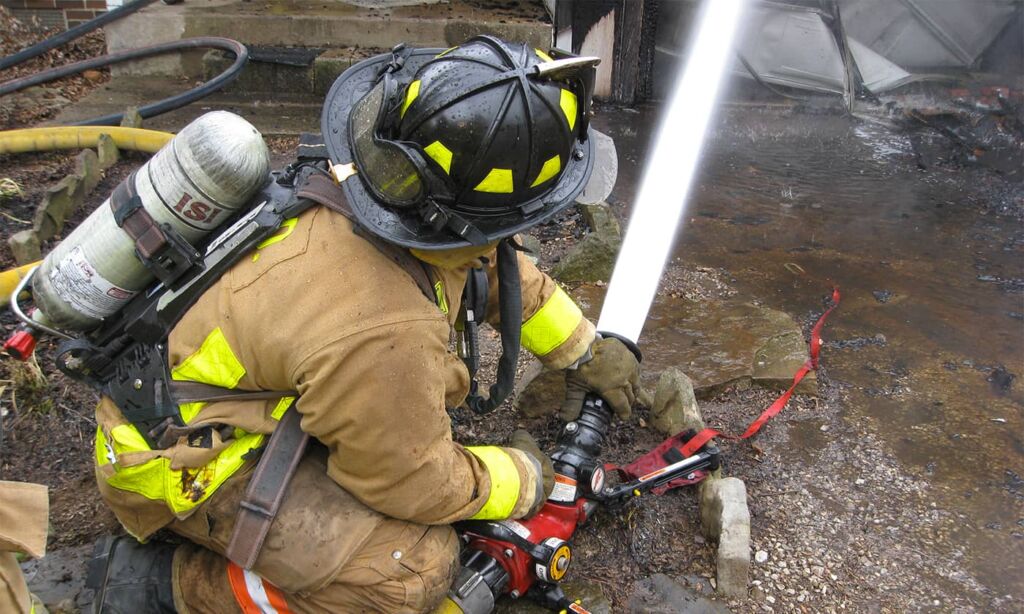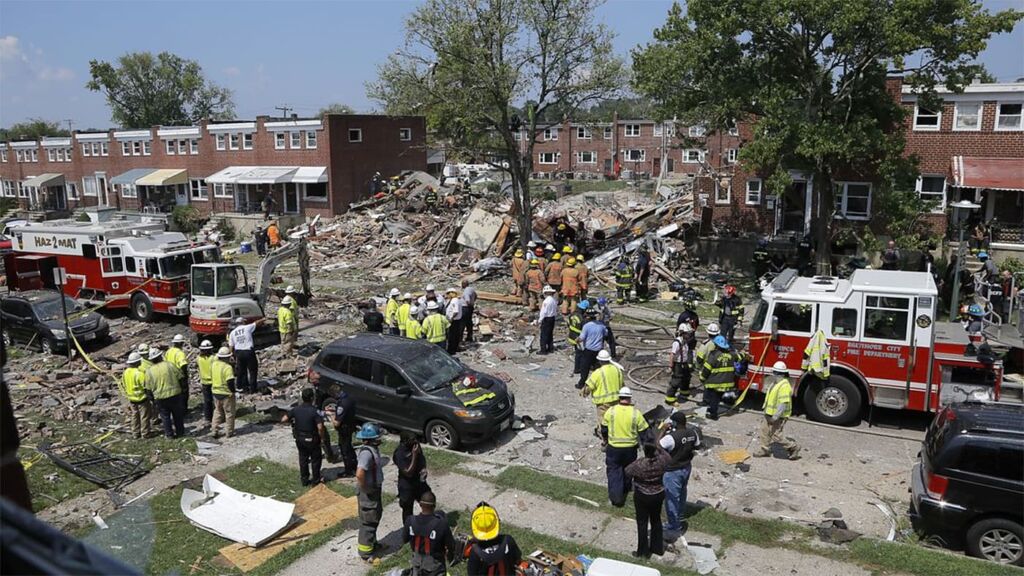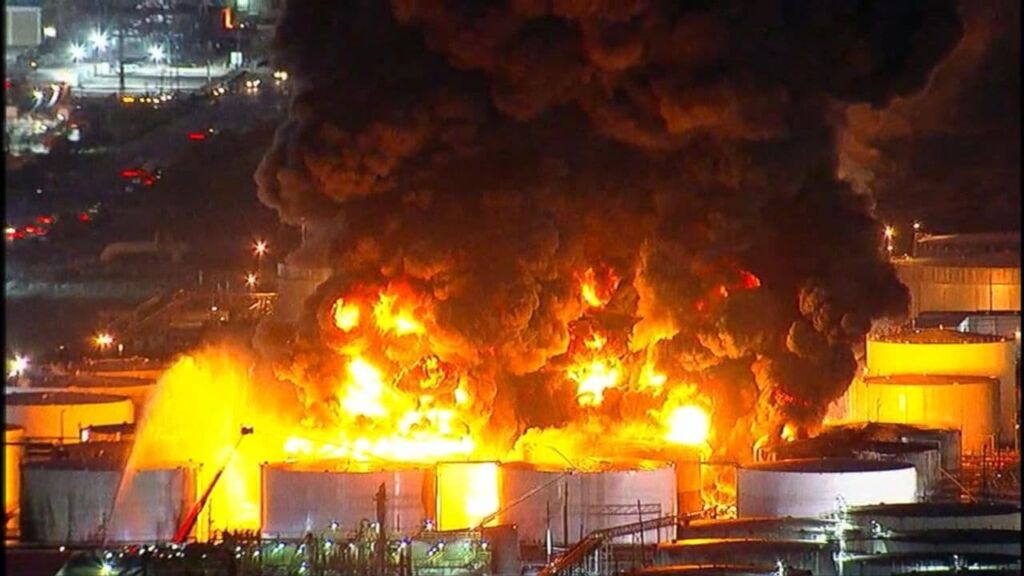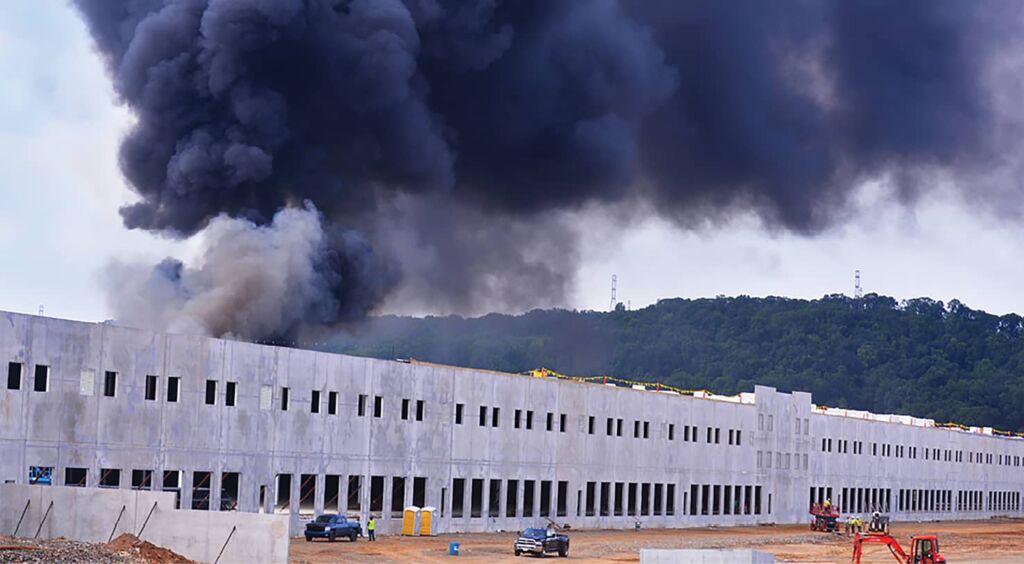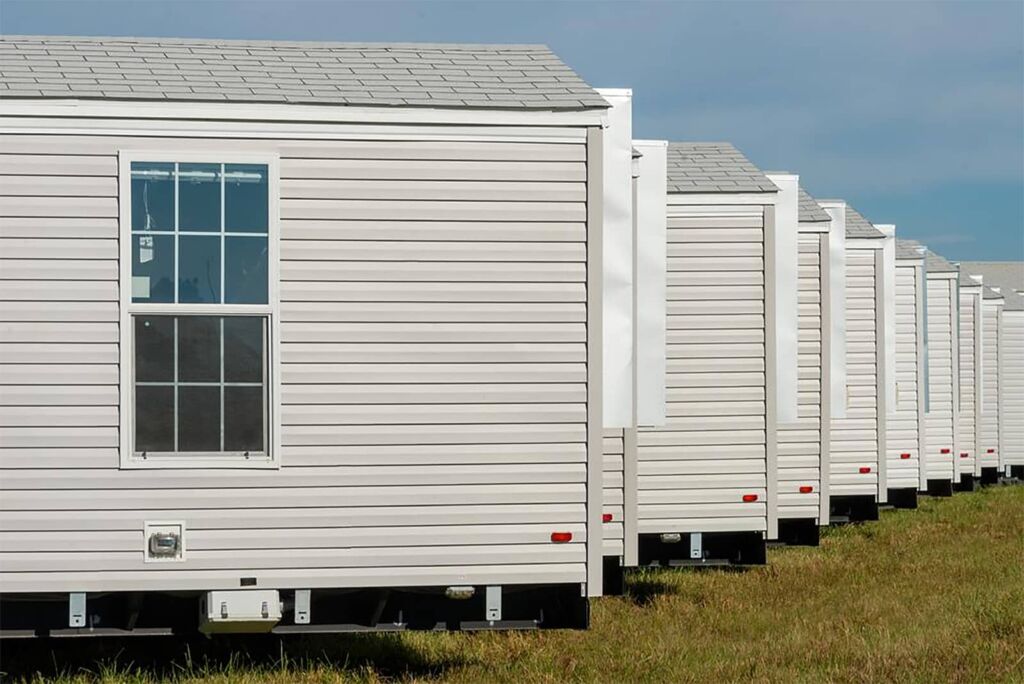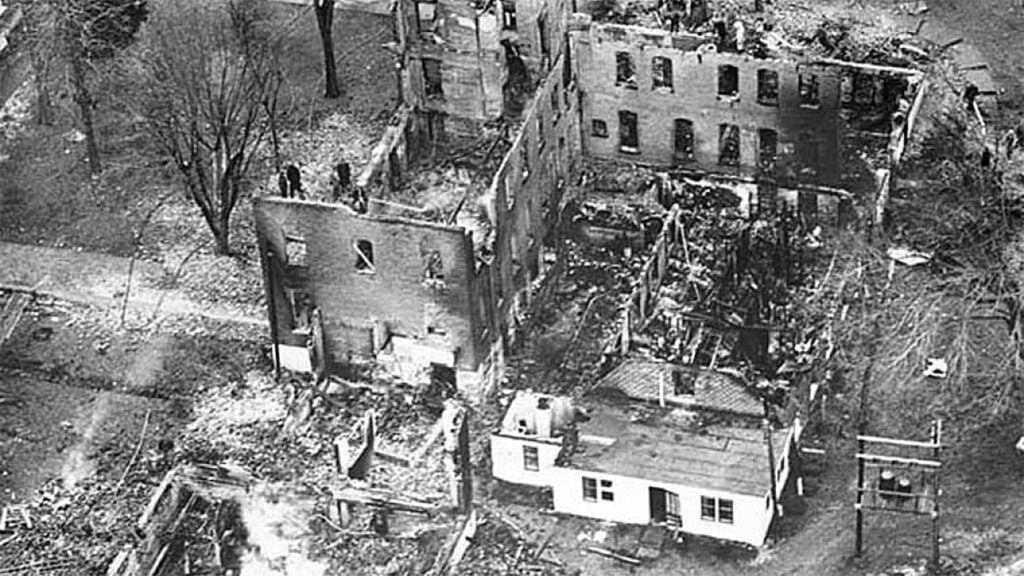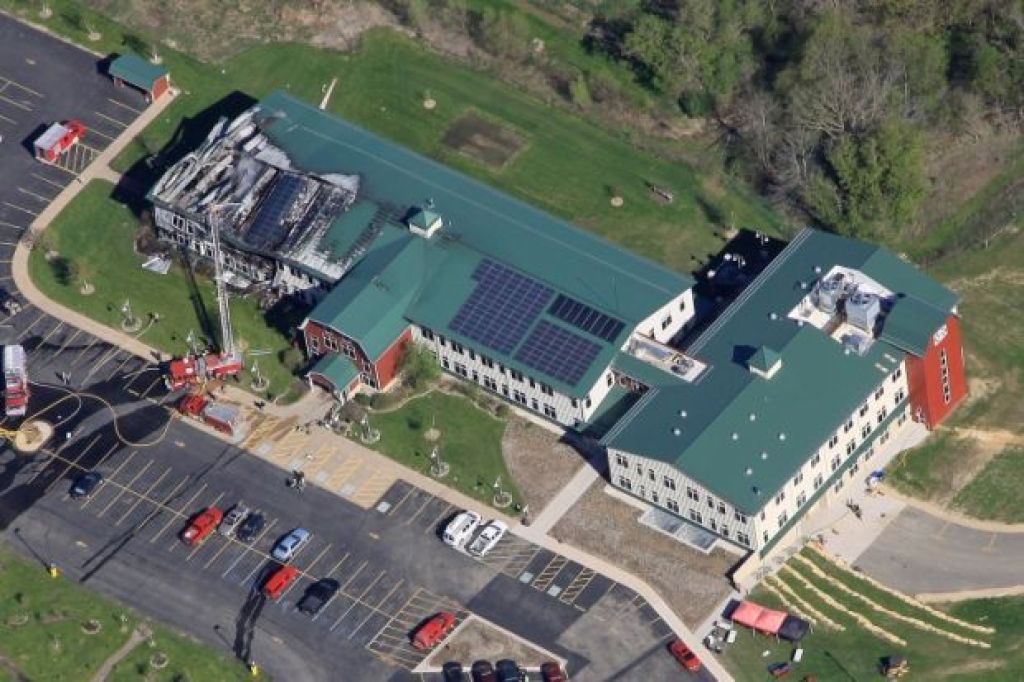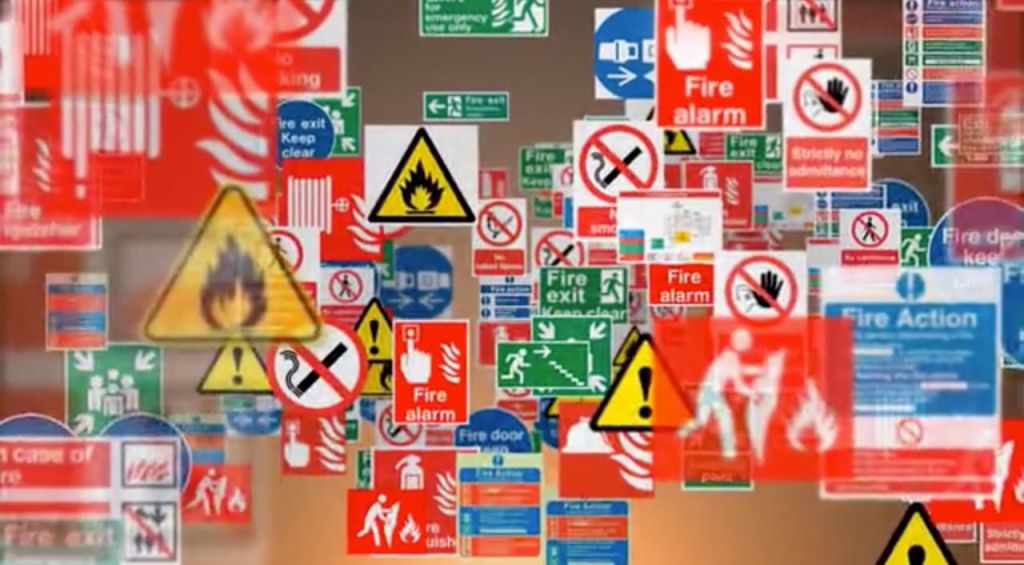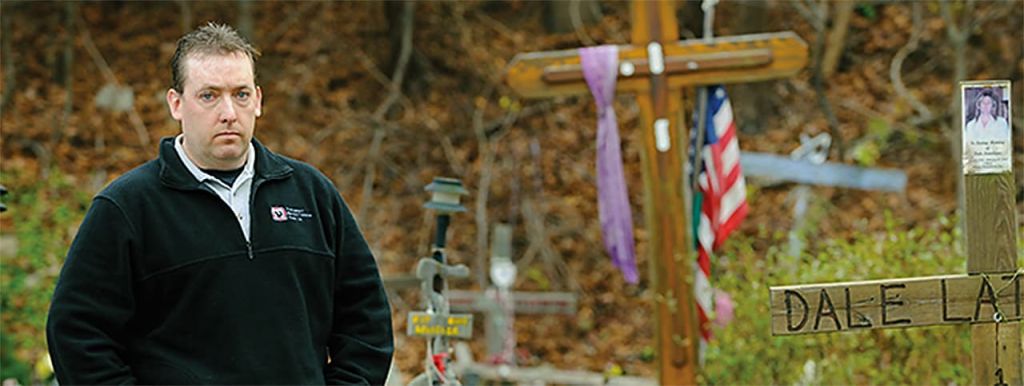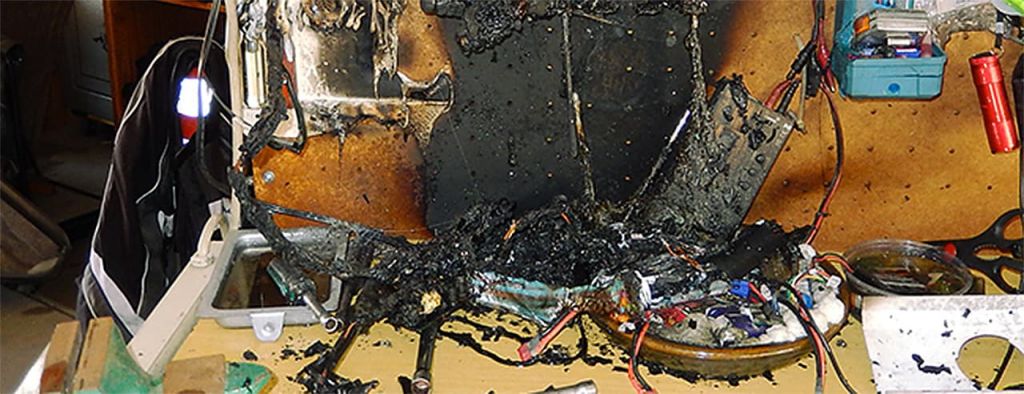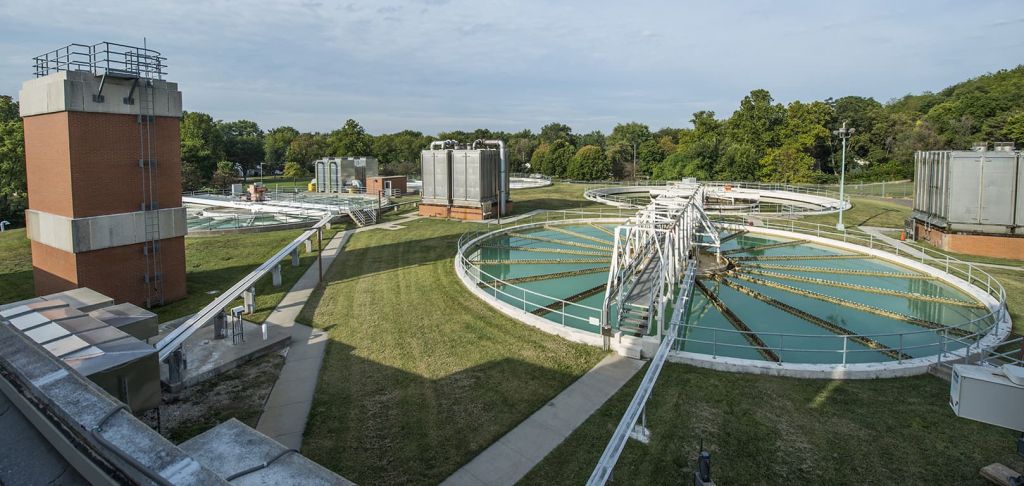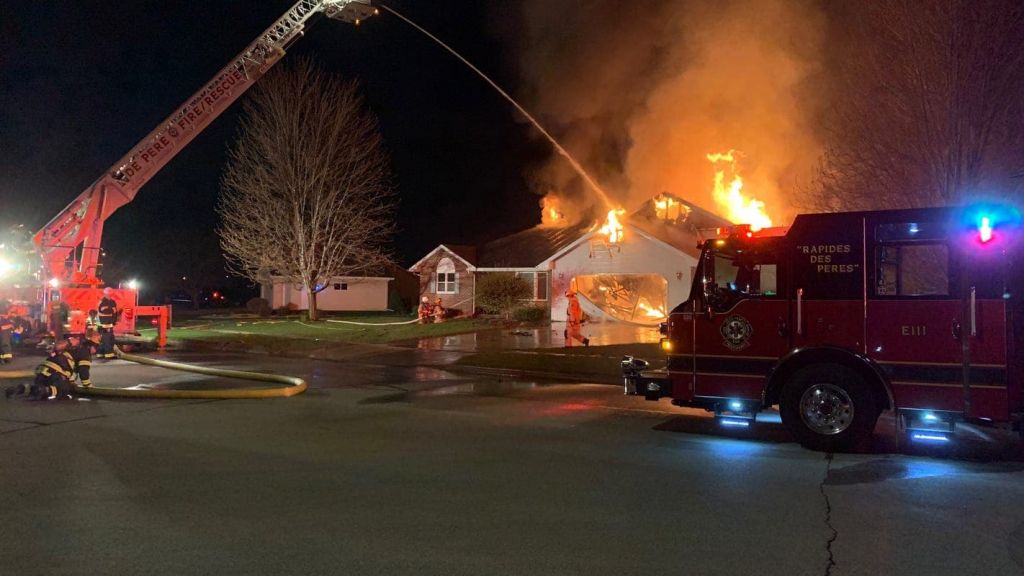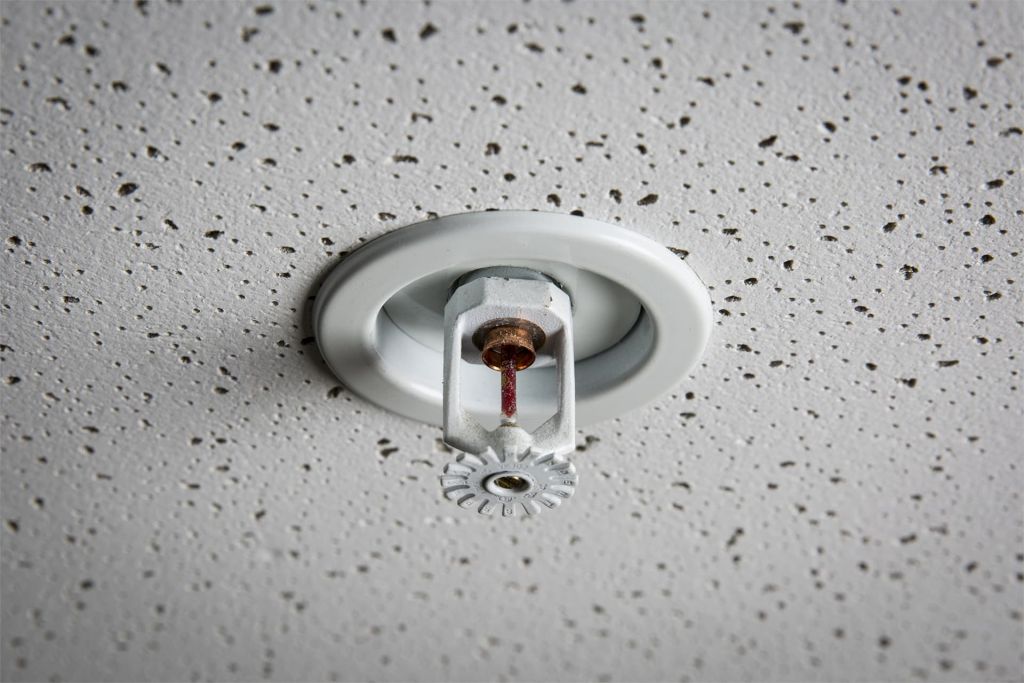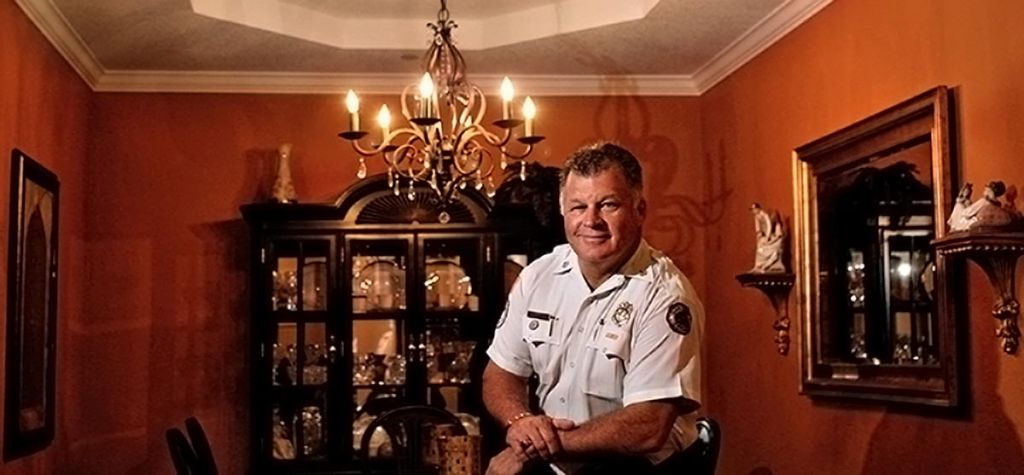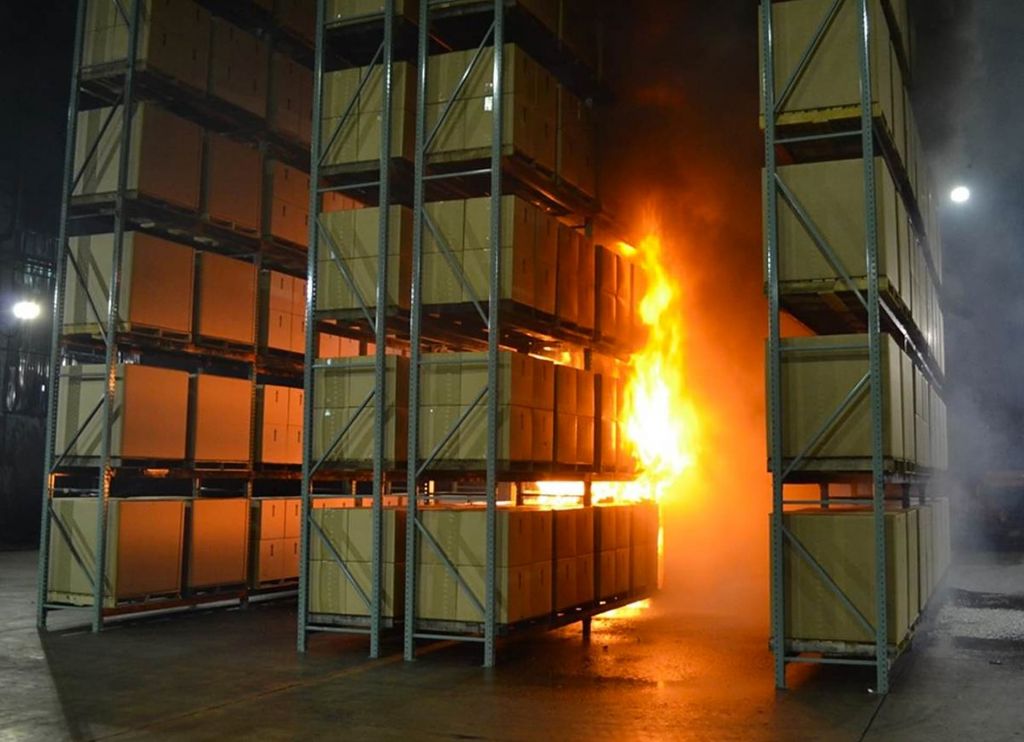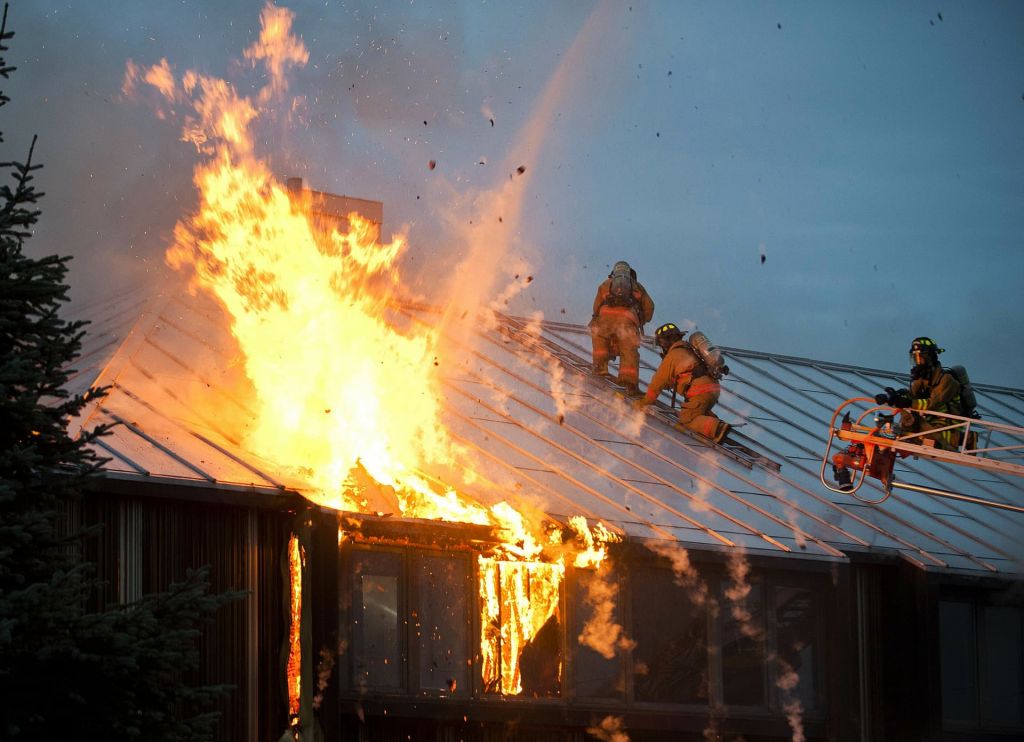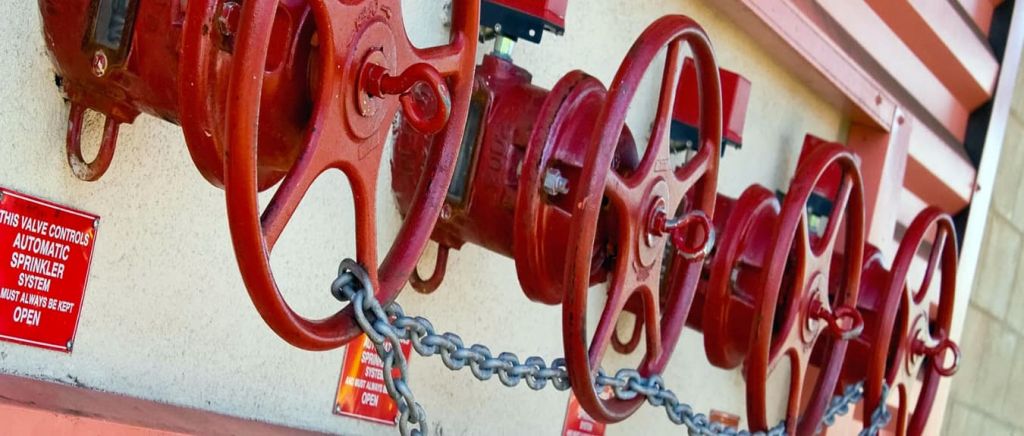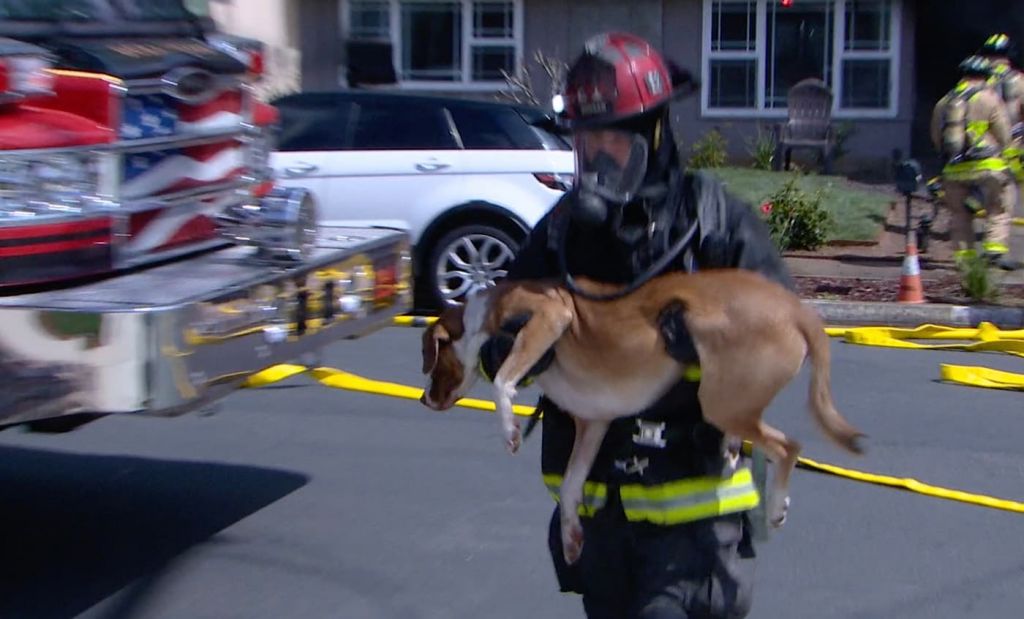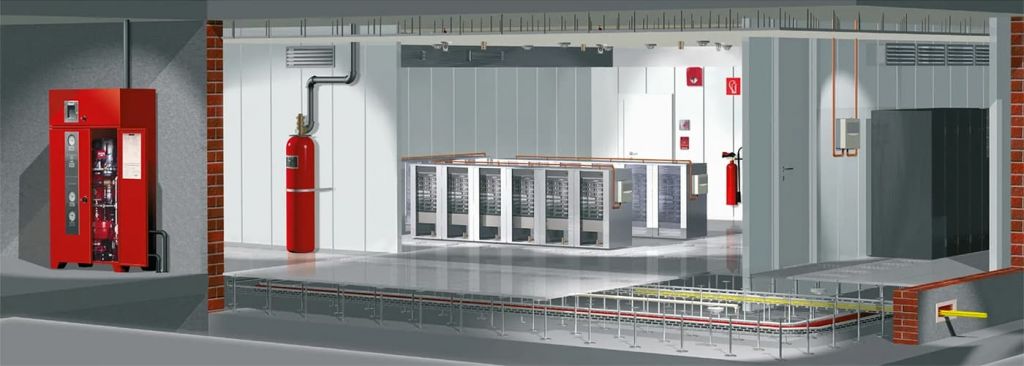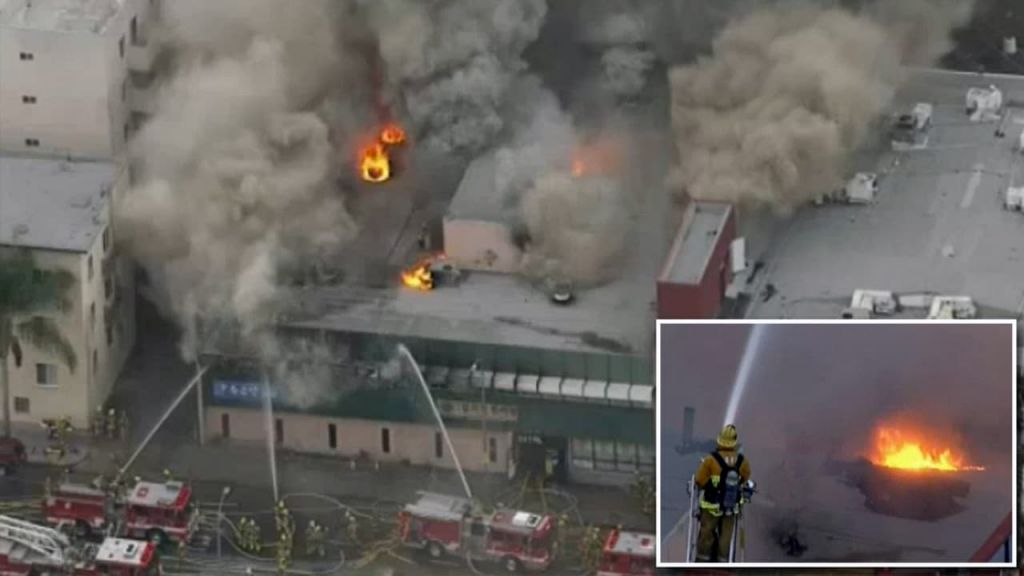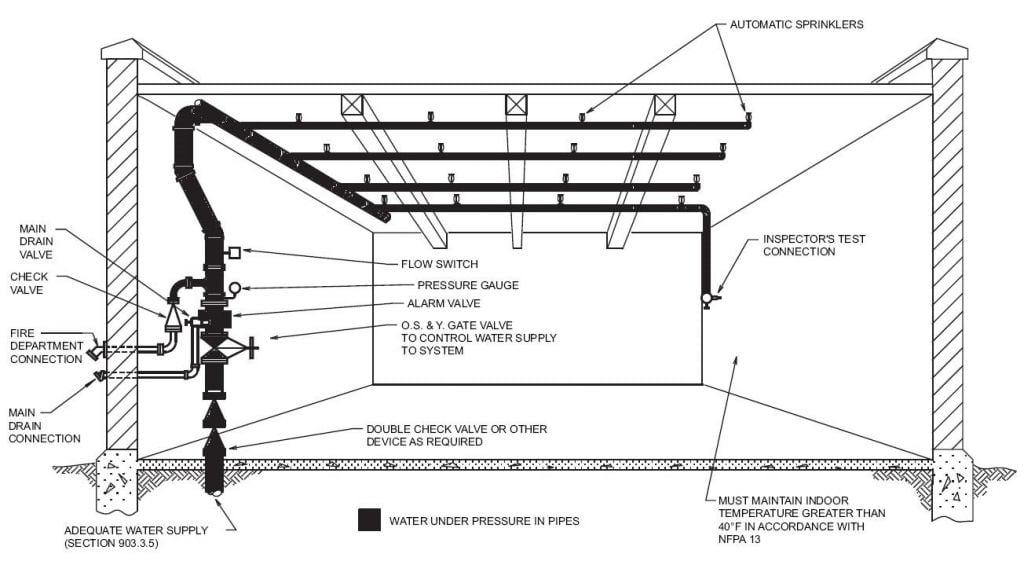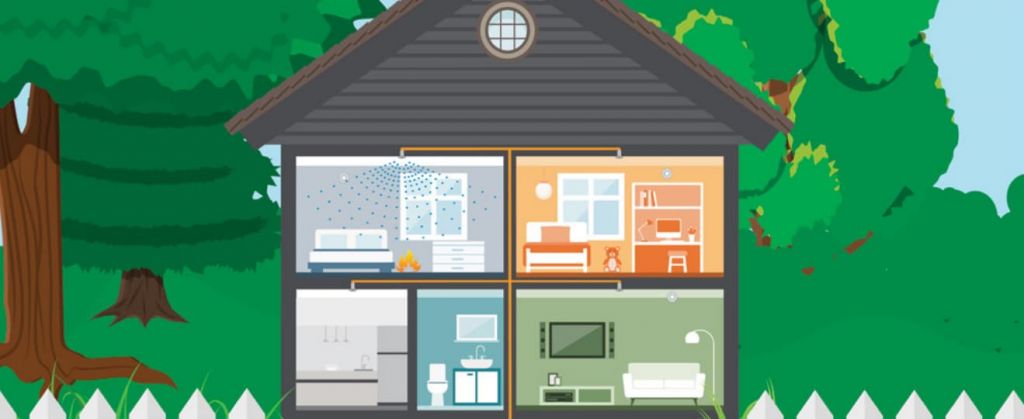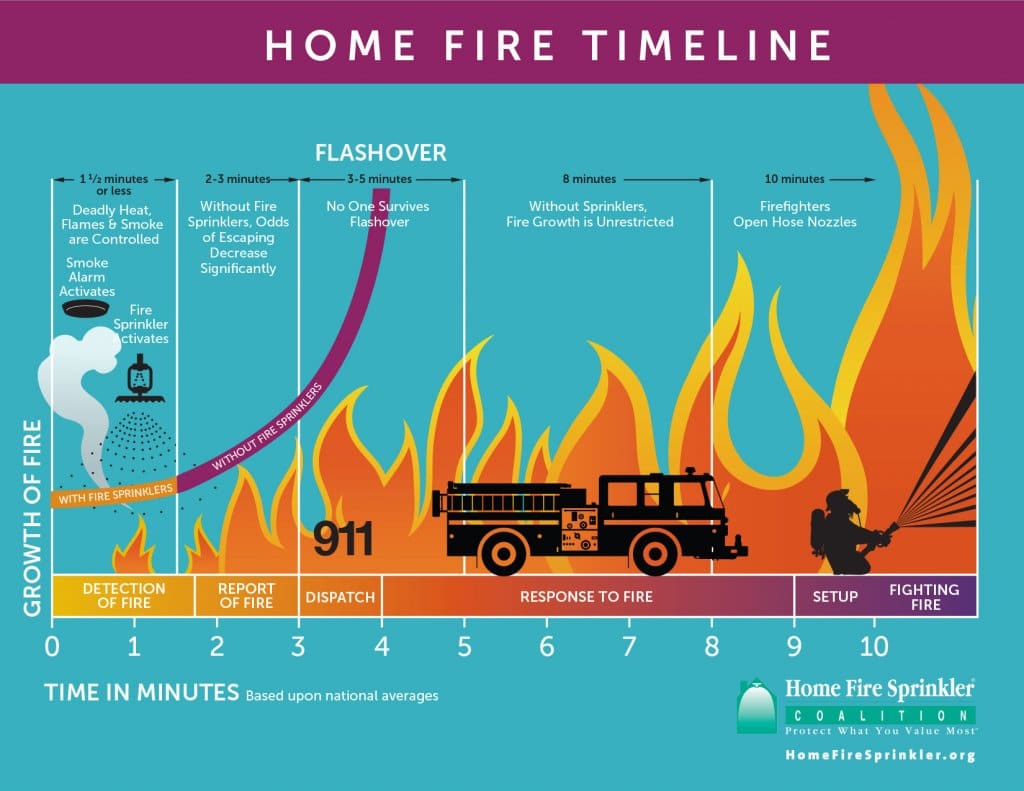Precision Fire Protection News
Fire Incidents From Across The Country
Common Residential Fire Hazards
Residential
OHIO
Residents evacuate as fire destroys 16-unit apartment building
Firefighters battling a fire at a large apartment complex were forced to fight a defensive operation and rotate through shifts as the fire escalated and outdoor temperatures climbed to 90 degrees.
Crews were dispatched to the scene at 4:30 p.m. First-arriving firefighters reported heavy fire in a multi-unit apartment building and immediately issued a call for two additional engines.
Following a size-up around the structure by incident command, crews made entry at one side of the building with an attack line while a second team of firefighters responded at the rear, where a set of wooden stairs was fully involved with fire that extended into the structure. Crews at the rear began hitting the fire on the stairs with a deck gun.
As the fire continued to intensify, incident command called a third alarm, then ordered interior crews out of the building amid worsening fire and smoke conditions. All pieces of apparatus were repositioned to areas outside a designated collapse zone.
Buses were brought to the scene and made available to crews as they rotated through rehab. Newspapers reported that temperatures climbed to well over 90 degrees and broke a 61-year record.
More than 80 fire department personnel were called to the fire and some remained at the scene late into the night.
All residents were able to evacuate the building. News reports indicated that the local chapter of the Red Cross was working with 21 people displaced from the building’s 16 apartment units.
Investigators determined that the fire originated on the outside stairwell, but were unable to identify the cause of ignition.
The complex was a four-story structure occupying a ground-floor area of 6,120 square feet (569 square meters) and was equipped with operational smoke alarms. The building, valued at $1.1 million, was considered a total loss, as were its contents, whose value was estimated at $300,000.
MASSACHUSETTS
Hoarding complicates rescue efforts in fatal fire
Hoarding conditions complicated rescue efforts by firefighters at a house fire that claimed the lives of two female occupants.
Firefighters were dispatched to the scene at 3 p.m. following a 911 call by a neighbor. On arrival, crews reported that flames were showing from the first floor of a two-story residence on one side of the structure. Firefighters pulled a hand line and began attacking the fire from the exterior and were successful in knocking most of the fire down.
As crews attempted to enter the house, they encountered excessive clutter that restricted their access to the interior. They were eventually able to locate one occupant on the first floor and they evacuated her for transport to a local hospital, where she later succumbed to her injuries. The second victim was found in a side room on the second floor and pronounced dead at the scene.
Crews were unable to find any indication that the residence was equipped with smoke detectors.
Investigators determined that the fire began in the kitchen but were unable to establish a cause. News reports indicated that a number of items were piled on top of a gas stove near a power strip where the fire originated, but it was unclear whether the stove or the power strip provided the heat for ignition.
The fire caused $50,000 in damage to the house, which occupied a ground-floor area of 1,000 square feet (93 square meters), and $20,000 in damage to its contents.
MASSACHUSETTS
Discarded cigarette blamed for fire that destroys three multifamilies
Three multifamily dwellings were destroyed in a midafternoon fire that began when a cigarette ignited waste paper and other discarded materials in an outdoor area.
Firefighters were sent to the scene after a neighbor spotted the fire and called 911 at 3:30 p.m.
On arrival, crews reported that three buildings were heavily involved with fire in a dense urban neighborhood. As the fire continued to grow, firefighters from other departments were brought in to battle the blaze. News reports indicated that crews from 18 communities were eventually involved in the response.
Winds contributed to the fire spread and 90-degree temperatures produced difficult working conditions for firefighters, with two firefighters requiring transport to the hospital for treatment of heat exhaustion.
The fire was reportedly under control at 6 p.m., but firefighters continued to pour water on flames from ladder trucks.
In addition to the buildings destroyed in the fire, four other structures suffered varying amounts of damage. According to media reports, more than 50 people were displaced by the fire.
Investigators determined that the fire was caused by a cigarette that was dropped to the ground outside one of the residences, igniting waste paper and other combustible material before spreading to the structure.
Fire department reports indicated that the homes lacked smoke alarms or sprinkler protection.
The destroyed residences were described in news reports as balloon-framed triple deckers. Each was a wood structure occupying a ground-floor area of 3,000 square feet (279 square meters). Two of the homes that were damaged by the fire were also three-story structures and two were single-family residences.
The combined losses from the fire were estimated at $1.3 million, but no other details on loss damage were available.
NORTH CAROLINA
Sprinkler extinguishes fire when cigarette ignites couch
Sprinklers extinguished a fire that began when a resident in an apartment building left a smoldering cigarette on her living room couch during the early morning hours.
Firefighters were called to the scene by an alarm monitoring company at 7 a.m. Upon arrival, firefighters reported that there were no signs of fire in a four-family complex, but an engine crew subsequently noticed light smoke showing from a first-floor apartment. Crews entered the apartment and reported that the residential sprinkler system had activated and extinguished the fire.
Crews shut off the sprinkler system, then set up ventilation and assisted with removing water from the apartment. No damage was found in other building units.
Investigators learned that the apartment resident fell asleep while smoking a cigarette on her couch in the early morning hours. After waking, she moved to her bedroom without realizing that the cigarette was still smoldering on the couch. The cigarette ignited a fire that was contained to the couch and a blanket.
The apartment building comprised four units and was a wood construction with asphalt shingles. The apartment in which the fire originated occupied a ground floor area of 1,140 square feet (106 square meters).
The fire caused an estimated $4,000 in damage to the building, valued at $196,000, and $3,000 in damage to its contents.
NEW YORK
Elderly woman dies in house fire started by ignition of bird’s nest
A bird’s nest ignited by a flood lamp was blamed for an early-morning house fire that killed an elderly woman.
Crews were dispatched to the scene following a 911 call from a neighbor at 1:22 a.m. As crews arrived, they reported that flames were showing from an attached garage and along one side of a two-story house.
Firefighters pulled hose lines to begin attacking the fire. As crews attacked the main seat of fire in the garage, an interior team made entry through the front door and knocked down fire at the side of the house before beginning search-and-rescue efforts. Crews located the resident, an elderly woman, on the second floor and moved her outside. A medical team began resuscitation efforts and transferred her to an ambulance for transport to the hospital.
Fire department reports indicate that the fire was brought under control just over 20 minutes after arrival and crews began to perform overhaul and ventilation activities.
Investigators determined that the fire began on an exterior wall of the garage when heat from a 500-watt flood lamp ignited a bird’s nest. Investigators indicated that the house did not have automatic detection equipment.
One firefighter suffered unspecified heat-related injuries and required transport to the hospital.
The house was a two-story wood structure with a ground-floor area of 600 square feet (56 square meters).
No information was available on monetary damage from the fire, but reports indicated that the attached garage sustained most of the damage and that a vehicle inside the garage was destroyed.
ILLINOIS
Cooking materials suspected in home fire that kills two
A fire believed to involve cooking materials claimed the lives of two occupants of a single-family home.
A 911 call from a passerby sent firefighters to the scene at 10 p.m. Crews reported on arrival that heavy smoke and fire were showing from a one-and-a-half-story residence.
After firefighters were informed by bystanders that occupants were still inside, crews entered the residence to conduct a primary search-and-rescue operation. One occupant was found in a first-floor living room and a second in an upstairs bedroom. Both occupants were evacuated from the home and transported by ambulance to a local hospital, where they later succumbed to their injuries.
Following the evacuation, firefighters advanced hose lines into the residence and attacked the fire, which was concentrated in the kitchen. Crews extinguished the fire without incident and an investigator was called to the scene.
Investigators determined that the fire originated near the kitchen stove and extended upwards to overhead cabinets. The adjacent dining room sustained extensive heat and smoke damage, with smoke damage extending to the living room. Investigators indicated that the fire was believed to be a cooking-related fire, but did not rule out another possible cause, pending additional information.
No other details about the home or fire damage were available.
VIRGINIA
Elderly man dies in fire in home that lacked smoke alarms
An elderly male with mobility and visual impairments died in a house fire that likely started in the kitchen. The home did not include smoke alarms.
The fire was reported by a passerby at 5:30 a.m. The fire department requested a second alarm after dispatch reported that the passerby was on the scene and could see an occupant inside the house but was unable to enter due to the fire’s intensity.
As crews reached the scene, they found heavy fire showing from the front, rear, and one side of the single-family dwelling. The 911 caller, who had remained at the location, informed crews that the occupant was located just inside the front door.
Incident command made a circuit of the residence and observed fire throughout the interior, also finding that the main power line had burned off the house and lay on the ground, still energized. The side of the house with the downed power line was made off limits for all crew activities, pending isolation of the power source by the electrical company.
Crews initiated an exterior fire attack by deploying three hand lines at the front, rear, and side of the residence. A rescue team located and removed the victim, who was already deceased, from the front of the house.
Crews began to transition to an internal fire attack, but rapidly changing fire conditions and concern about the potential for structural collapse led incident command to order all crews to evacuate the building. After all crews were accounted for, remaining fire suppression efforts were made from the exterior. The fire was brought under control at approximately 7 a.m.
Investigators determined that the fire originated in the kitchen area but did not determine a cause. The house was not protected by automatic detection equipment. In local newspaper coverage, the fire department emphasized the importance for residents to have working smoke alarms and a home escape plan.
The house was a single-story wood construction, with a brick exterior and an asphalt shingle roof. It occupied a ground-floor area of 1,800 square feet (167 square meters). The structure and contents, together valued at $90,000, were a total loss.
PENNSYLVANIA
Possible hoarding conditions fuel fire that kills elderly woman
A fire that destroyed a home and claimed the life of an elderly female occupant was fueled by substantial amounts of combustible material inside the residence, according to fire department reporting.
The fire department was dispatched to the scene shortly after 8 p.m. following multiple phone calls to 911. On arrival, crews reported heavy involvement of fire and smoke showing throughout a single-story residence and learned from nearby residents that an occupant was still inside.
Firefighters pulled hand lines into the residence and used thermal imaging cameras as they began a coordinated interior attack and preliminary search-and-rescue effort. The occupant was found lying on a floor in the bathroom, already deceased. Crews were instructed not to move the body and to contact the county coroner and state fire marshal for assistance.
The fire was brought under control approximately one hour after arrival. A state police trooper remained on site overnight to preserve the scene for investigators.
Investigators reviewing the scene the following day determined that the fire originated near a kitchen door at the rear of the house, but they were unable to assign a cause due to the extent of damage and large amount of debris inside the dwelling. Investigators were unable to locate any smoke alarms in the debris.
The house was a single-story wood structure with a ground-floor area of 1,000 square feet (93 square meters).
The house and contents, valued at $130,000, were a total loss.
MICHIGAN
Hookah embers blamed for apartment fire that kills one
Flying embers from a hookah located on an apartment balcony ignited a late-night fire that caused extensive damage to two apartment buildings and claimed the life of one occupant.
Firefighters responded to the fire following a 911 call by an apartment resident at 11:30 p.m. Reports indicated that crews found a massive amount of fire when they arrived at the scene of an apartment complex, but they were able to knock the fire down in approximately 45 minutes, remaining on site for several more hours.
According to investigators, an apartment resident had smoked a hookah on his second-floor balcony at approximately 9 p.m. After he returned inside, wind carried burning embers onto the wooden deck, igniting a fire that then extended into eaves and attic space above all occupied apartments. Reports described the blaze as a “wind-driven fire with blow-torch effect in attic space.” A second resident of the apartment became aware of the fire approximately two hours later, and both residents attempted to extinguish the balcony fire with water before calling 911.
Crews reported that smoke alarms were sounding on arrival. Firefighters evacuated two residents, according to news coverage, but were unable to rescue another occupant, who died as a result of smoke inhalation injuries. News reports also indicated that a resident was treated and released for smoke inhalation injuries, and that two firefighters were treated for heat-related injuries.
The apartment complex consisted of two attached two-story buildings, one with a ground-floor area of 2,400 square feet (223 square meters) and the second with a ground-floor area of 4,000 square feet (372 square meters). The buildings, which contained 12 apartment units, were constructed of wood, with asphalt shingles and a concrete wall where the buildings attached to each other.
The apartments were equipped with single-station smoke alarms, but had no automatic sprinkler protection.
The fire caused damage to all units of the complex, with approximately $850,000 in building damage and $300,000 in damage to building contents.
COLORADO
Apartment resident dies after kitchen stove ignites clothing
An elderly male died as a result of burn injuries suffered when a burner on his kitchen stove ignited his clothing as he prepared food.
Firefighters were dispatched to the scene after the occupant of a neighboring unit called 911. The neighbor had smelled smoke and discovered smoke coming from the unit, as well as a smoke alarm sounding, when he went to investigate.
On arrival, crews encountered light-colored smoke and limited visibility inside the apartment, located on the third floor of a large apartment building. Proceeding into the unit, they found the victim, already deceased, on the kitchen floor, with smoldering materials on and near him. Crews were able to quickly extinguish the fire with a pressurized water extinguisher.
The fire caused an estimated $700 in damage to the apartment unit and $100 in damage to its contents.
Institutional
WISCONSIN
Electrical fire in nursing facility fatally injures resident
An early-morning fire claimed the life of a nursing home resident when an electrical fire ignited near his bed.
Firefighters were dispatched to the scene at 2:53 a.m. by a report of a fire in a patient’s room. Crews were advised upon arrival that a patient was being wheeled out for treatment and transport. While ambulance crews waited for the patient, firefighters proceeded to the room where the fire originated, donning air masks as they encountered heavy smoke conditions in the corridor.
Crews discovered that the facility’s sprinkler system had activated and extinguished the fire in the patient’s bed, and crews assisted staff and police officers in evacuating patients from that wing of the facility.
Investigators determined that the fire was caused by arcing in an electrical outlet next to the bed, with fire burning up the wall and igniting the patient’s bedding, mattress, and pillow.
In a hospital interview with the injured patient, investigators learned that he was wakened by flames at the side of his bed and that he resorted to calling for help after his room’s call button did not operate when he tried to summon assistance. A member of the night staff reported first being alerted to the fire by the patient’s calls and seeing smoke from his room as she looked down the corridor.
The injured patient was transferred to a burn center, where he succumbed to his injuries approximately one week after the fire.
The facility was equipped with a wet-pipe sprinkler system, which operated effectively, but investigators noted that the alarm system failed to activate horns or strobe lights.
The building was a single-story structure with a ground-floor area of 15,000 square feet (1,394 square meters). The fire caused an estimated $50,000 in damage to the building, valued at $5 million, and an additional $100,000 in damage to its contents, also valued at $5 million.
Warehouse
MINNESOTA
Sprinklers control truck fire in warehouse
Sprinklers controlled an after-hours fire in a warehouse until firefighters arrived to complete extinguishment.
Crews were dispatched to the scene after the sprinkler system’s water flow alarm was activated by the fire at 10:17 p.m. Crews found fire in a dump truck parked inside the warehouse. Crews extinguished the remaining fire, set up ventilation, and performed salvage and overhaul operations.
In news reports, officials credited the facility’s sprinkler system with preventing the fire from destroying the facility and nearby businesses.
Investigators determined that the fire originated in the engine compartment of a truck that was parked in a garage area inside the facility. The fire was contained to the truck, but smoke spread to two adjacent units of the building. Investigators were unable to determine the source of ignition.
The warehouse was constructed with concrete walls, a wood joist floor frame, a steel roof frame, and membrane roof cover. It stood 25 feet (7.6 meters) high and occupied a ground-floor area of 21,500 square feet (1,997 square meters).
The fire caused an estimated $10,000 in damage to the warehouse, valued at $490,000. Losses to the contents, valued at $300,000, were estimated at $50,000
Educational
IOWA
Sprinkler controls weekend fire in university lab
A short-circuiting extension cord was blamed for a fire in a university science lab that caused significant damage but was controlled by a sprinkler.
Firefighters were dispatched to the scene after the fire was detected by the facility’s automatic detection system at 5:45 p.m. As an engine company responded, additional crews were added to the response after multiple alarms began to trigger in the building.
Upon arrival, the initial engine company reported nothing showing from the building and began to investigate, but a crew member shortly afterwards reported smoke in a laboratory and sprinklers operating, and he began to search for the fire. Crew members from a second engine company subsequently reported that they had located the fire on the third floor and that sprinklers were keeping the fire in check, but it was not clear what was burning.
Crew members worked to establish a water supply and placed hose lines for fire attack as other firefighters began to search the building for occupants. The fire was quickly extinguished with little water and the search team declared that the building was clear at 6:20 p.m. Crews set up ventilation fans at multiple locations while university environmental health and safety staff and lab personnel were summoned to ascertain whether any hazardous materials were involved in the fire.
The building was released back to the university after it was determined that the fire did not involve hazardous materials and investigators completed their work.
Investigators concluded that the fire was caused by a short-circuit arc likely to involve an extension cord coiled on the floor underneath combustible containers. The investigators believe that heat built up in the extension cord until the insulation melted, allowing the wiring to short circuit and ignite the containers. The fire then spread to a wooden cabinet and other objects until two sprinklers activated and kept the fire in check. The sprinkler system was unable to completely extinguish the fire after flames caused a table to collapse on top of the containers.
Although limited in size, the fire caused extensive heat and water damage. Newspaper reports indicated that damage estimates of $850,000 were later revised upwards to include water damage in the floor below. The fire occurred on a weekend, and no injuries were reported.
News accounts of the fire reminded readers that extension cords should be grounded, used for a limited time period, and unplugged after use.
The laboratory building was a fire-resistive structure that stood eight stories high and occupied a ground-floor area of 56,000 square feet (5,203 square meters). The facility was constructed with concrete walls and concrete and steel roof and floor framing, with a layered membrane roof deck. The fire department report estimated that it would cost $120 million to build a similar structure.
Residential/Recreational Vehicle
CALIFORNIA
Pinched electrical cord blamed for fatal fire in RV used as residence
A frayed electrical cord was blamed for starting a fire that broke out in a recreational vehicle used as a residence, claiming the life of its male occupant.
Firefighters were dispatched at 5:55 p.m. by a call to 911 reporting smoke in the area. Crews arrived to find smoke coming from a recreational vehicle parked in a residential driveway. Media coverage reported that after firefighters extinguished the fire, they made their way through substantial amounts of storage to the rear of the vehicle, where they found the occupant, who was unconscious and said to be in full cardiac arrest.
Medical crews attempted to resuscitate the occupant and transported him to the hospital, where he later died from his injuries.
Media and fire department reports indicated that an extension cord running from an adjacent house into the vehicle through a window on the driver’s side had become frayed and that the exposed wiring ignited common combustibles. According to fire officials, the victim’s only exit path was through the vehicle’s front doors, making escape impossible.
The fire caused an estimated $7,000 in damage to the vehicle and its contents.
Commercial
NORTH DAKOTA
Cause unclear in $3 million fire in motor home sales-and-repair facility
A weekend fire in the shop area of a motor home sales-and-repair business resulted in more than $3 million in damages.
The fire department was dispatched to the scene after a passerby reported the fire at 9 a.m. News reports indicated that crews forced open overhead doors to the shop, where they found multiple vehicles on fire. Although the fire destroyed an unspecified number of recreational vehicles, firefighters were able to keep it from spreading to an adjacent showroom.
One firefighter suffered an unspecified strain injury while in the process of executing a forced entry.
Investigators determined that the fire originated inside a recreational vehicle that was being serviced, but were unable to determine a cause.
According to fire department reports, the facility had no protection from either automatic detection equipment or a sprinkler system.
The building was a single-story structure that occupied a ground-floor area of 10,800 square feet (1,003 square meters). The building was constructed with a steel frame, with a steel sheeting wall cover, a steel roof deck, and a rubber roof cover with a tar and gravel overlay.
Damage to the building, valued at $3 million, was estimated at $1.25 million. The fire caused an additional $2 million in damage to building contents, valued at $5 million.
Industrial
ILLINOIS
Welding spark blamed for $1 million maintenance facility fire
A fire at a vehicle storage and repair facility that was sparked by a cutting torch went undetected until a fire alarm activated, causing nearly $1 million in damage.
Firefighters were dispatched to the scene at 11:52 a.m. following notification by the facility’s automatic alarm system. While an engine company was en route, dispatch reported receiving several 911 calls from the scene, and a request was made that the alarm be made to a full structure fire.
Upon arrival, crews from an engine company reported that a single-story structure was heavily involved with fire, including its wooden bow-string truss roof system. Because of the fire conditions and roof involvement, incident command directed crews to initiate a defensive fire attack.
Crews established a water supply and deployed a deck gun and hose line to attack the fire through an overhead garage door at the front of the building, while a blitz line was established for fire attack through a second garage door at the rear. Shortly afterwards, the truss system collapsed into the building, and newly arriving crews were instructed to determine the availability of an additional water supply and to protect a nearby building from fire extension.
As the fire continued to advance, incident command made two subsequent calls for mutual aid assistance, and 20 departments were eventually involved in fighting the fire. Operations were complicated by difficulties in establishing an adequate water supply, which required cutting a fence and shutting down a rail line to gain access to hydrants at the rear of the building.
The fire was brought under control approximately three hours after crews first reached the scene. Extensive overhaul operations were required to remove debris, which required knocking down a portion of wall to ensure safety.
Investigators determined that the fire started when a spark ignited grease while an employee was welding a piece of equipment. The employee was apparently not initially aware of the fire, but subsequently made unsuccessful attempts to extinguish it before calling 911 after the facility’s alarm sounded.
The building was constructed with brick walls, a heavy timber roof frame, and a wood plank roof deck and occupied a ground-floor area of 6,000 square feet. The building was equipped with a fire alarm system with heat detectors but did not have an automatic extinguishing system. The local fire chief noted in news reports that a sprinkler system would likely have been able to hold the fire in check and significantly reduce the amount of damage.
The fire destroyed the building and its contents, which included an unspecified number of vehicles. The building loss was estimated at $656,000, with an additional $303,000 in damage to the contents.
(source: RICHARD CAMPBELL / NFPA)
PEOPLE We Protect
Our Distributors and Suppliers
Experience
Our team started in the fire protection industry over 20 years ago. Since then we have grown into a statewide fire protection construction leader. Our team of project managers, engineers, designers, inspectors, installers, and technicians all share a passion for quality work and high standards. Precision Fire Protection understands the need to complete projects with integrity, safety, and precision!
Dedication
Our mission is to provide our customers with timely, high quality, affordable fire protection services that are guaranteed. We strive to achieve our client’s complete satisfaction. We are relentless in applying the highest ethical standards to ourselves and to our services and in communications with our customers. We aim to fulfill that mission in everything we do.
Precision
Precision Fire Protection keeps its team together, even when it's not. Just as vital as field personnel’s tools are, our project managers are equipped with the latest software to manage projects. Our project managers send dailies, RFIs, and plan revisions to the cloud so that everyone has access no matter where they are. Being connected is our way of ensuring every project goes smoothly.
Safety
Our team of multi-certified managers and supervisors are highly experienced in job safety. Our managers are OSHA certified to handle each project with care and sensitivity to every unique job site. By ensuring on-site safety on every project we work on throughout Southern California, Precision Fire Protection has developed positive relationships with our General Contractors.







